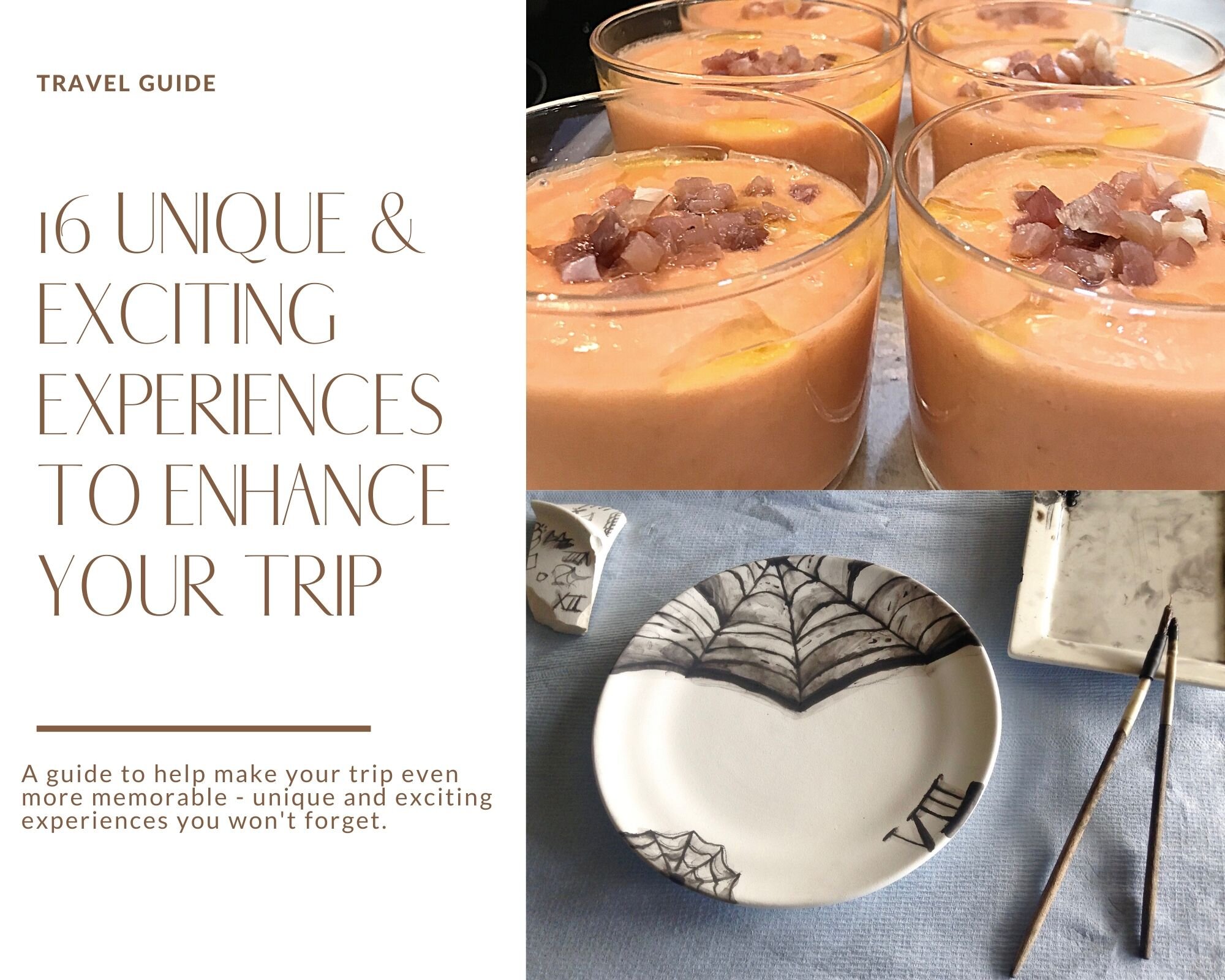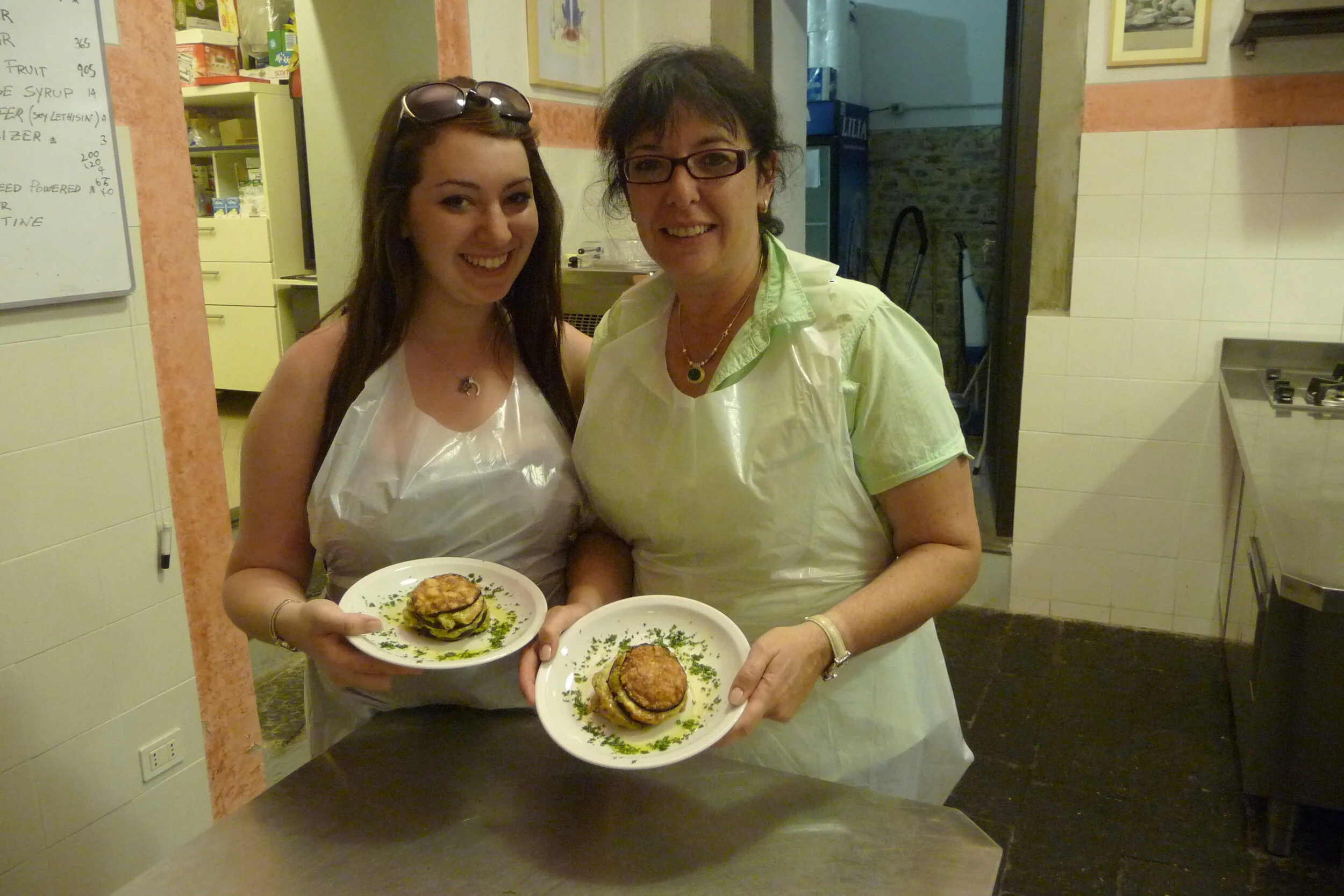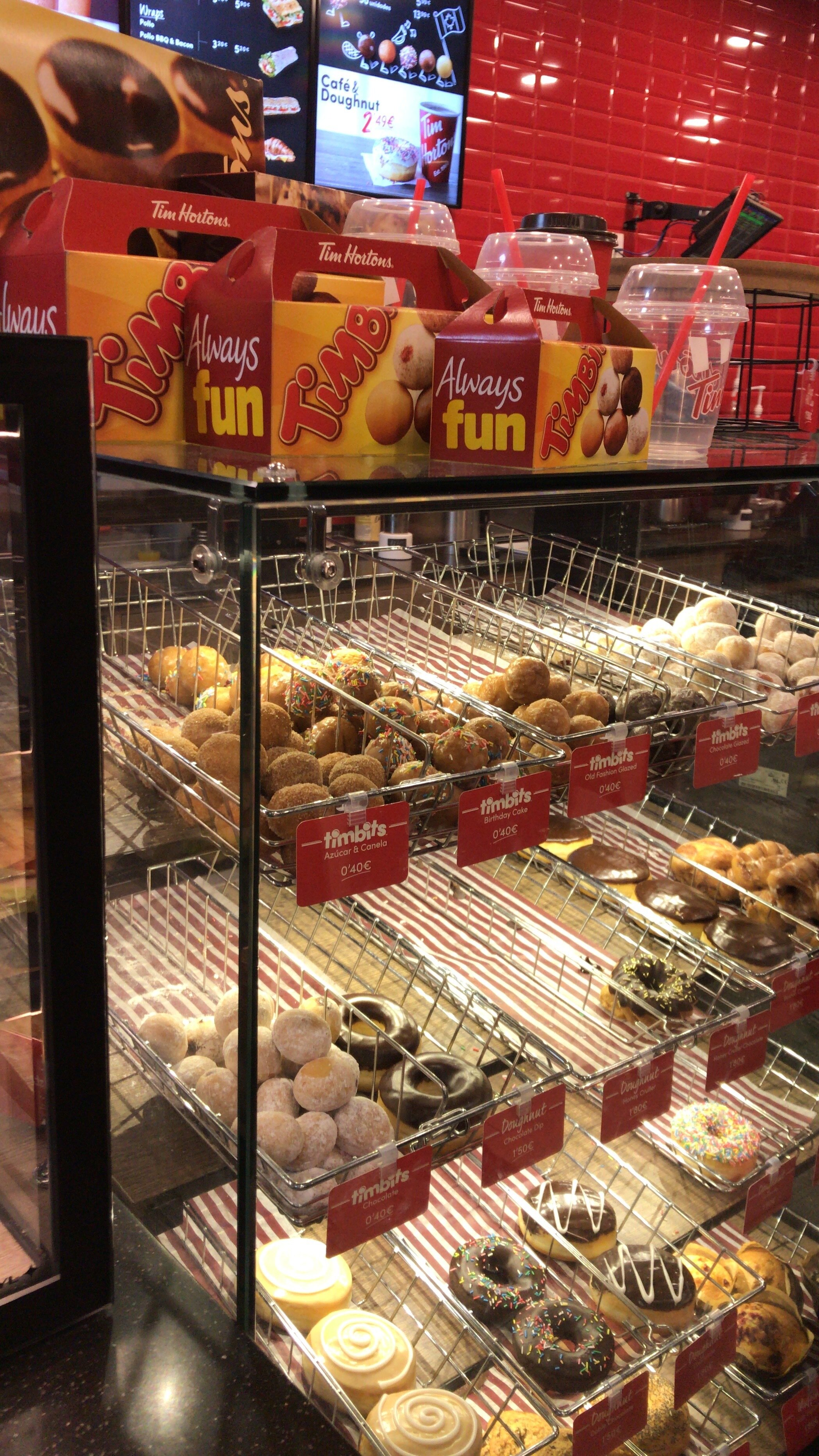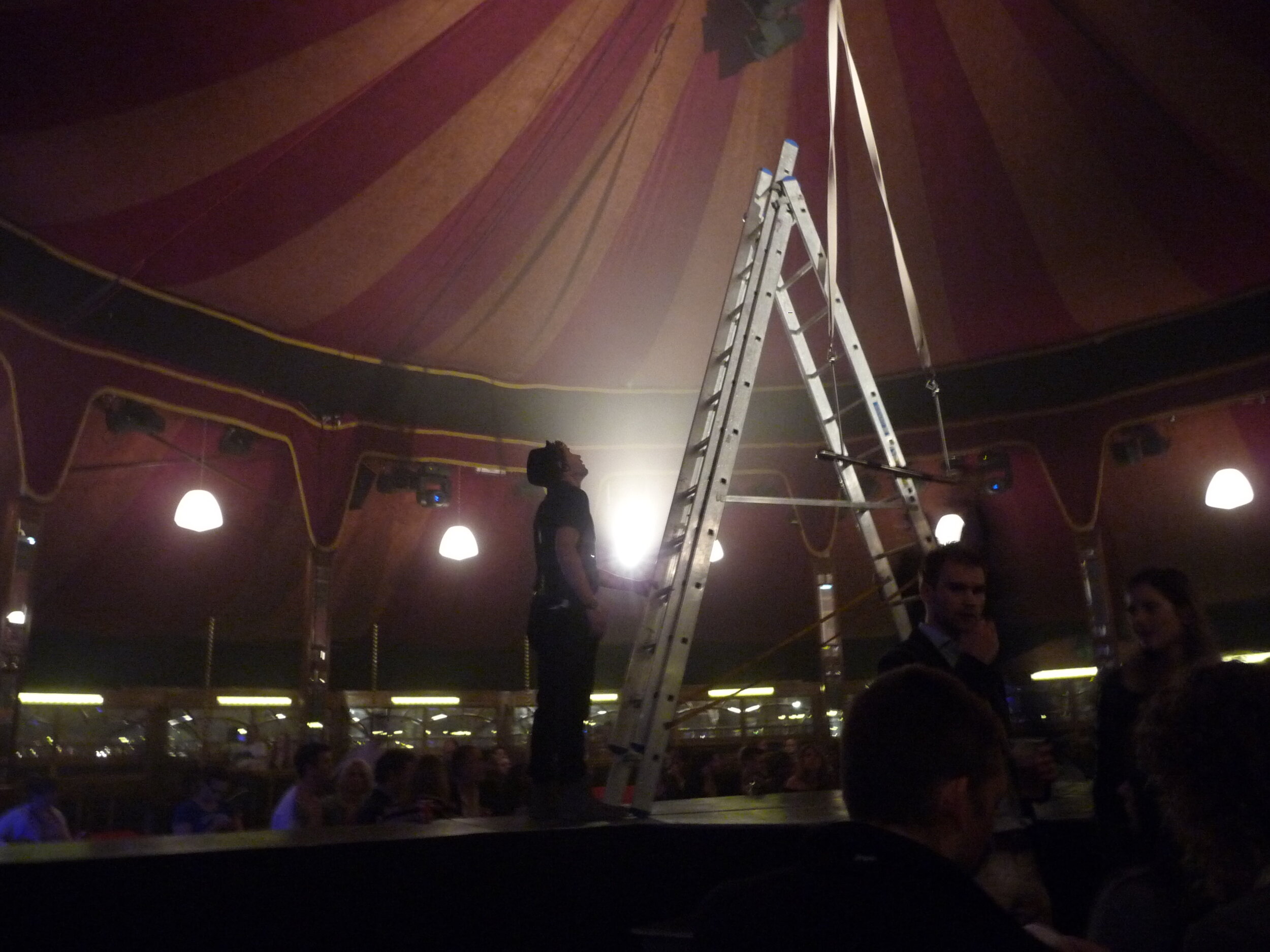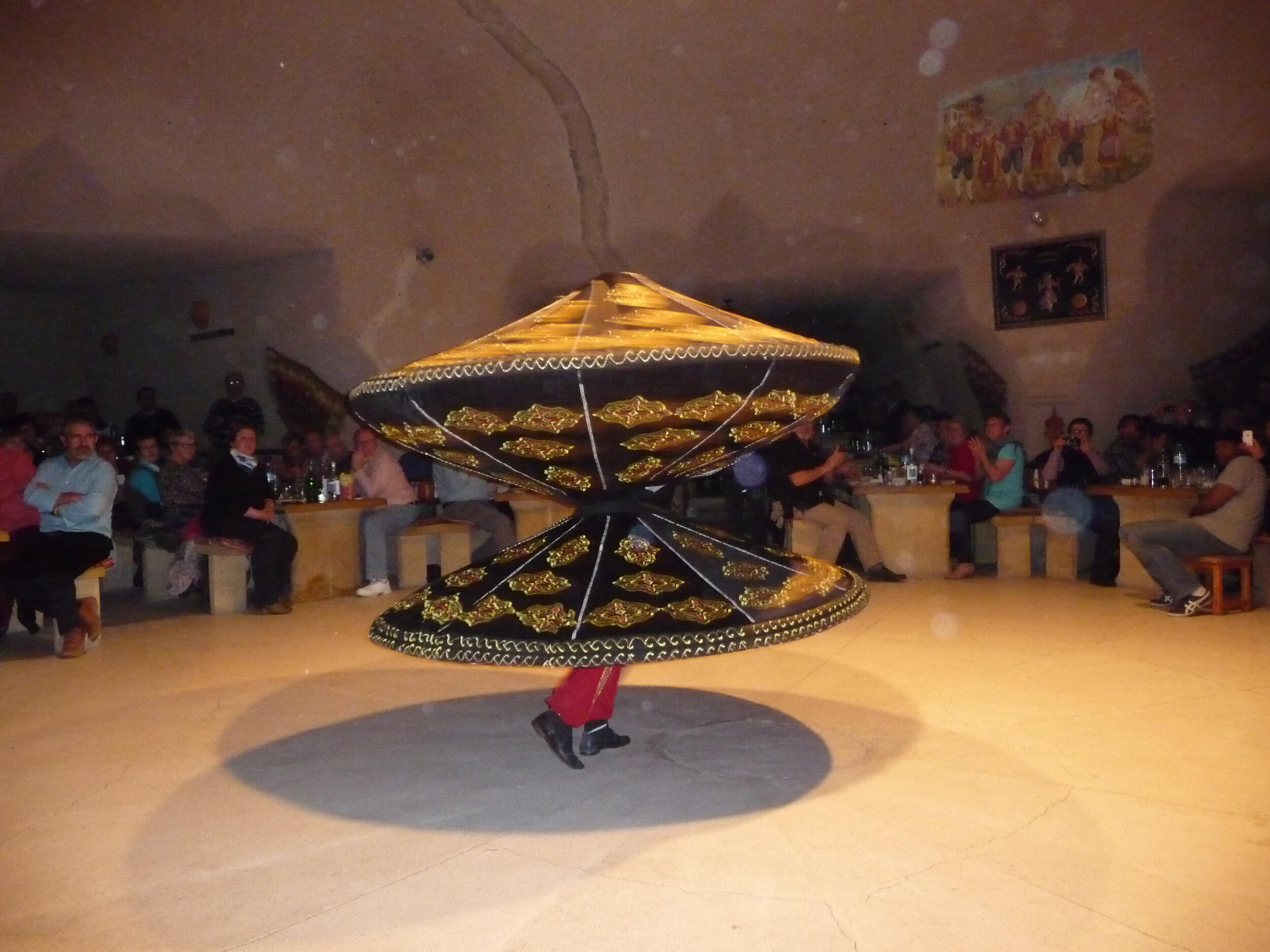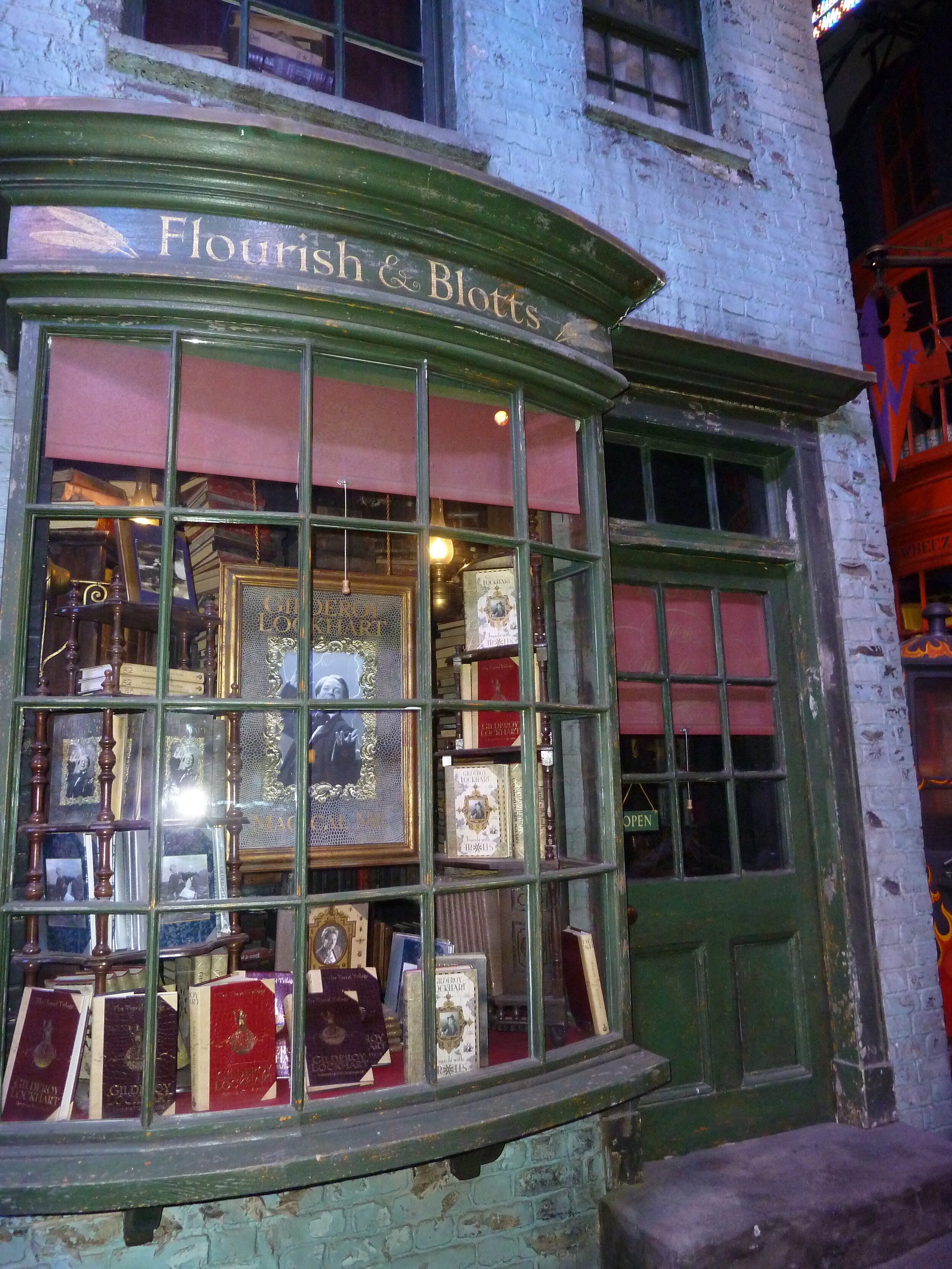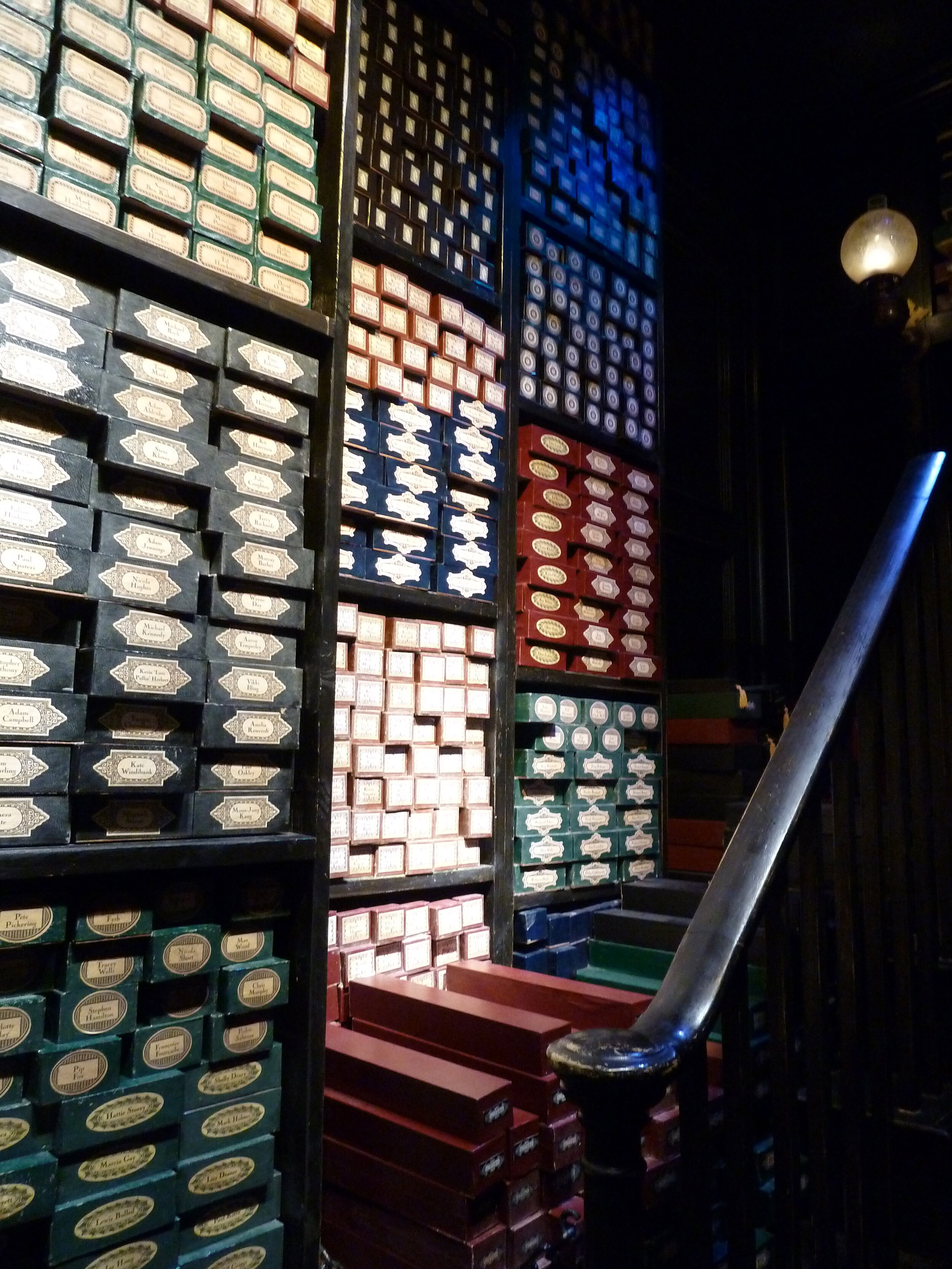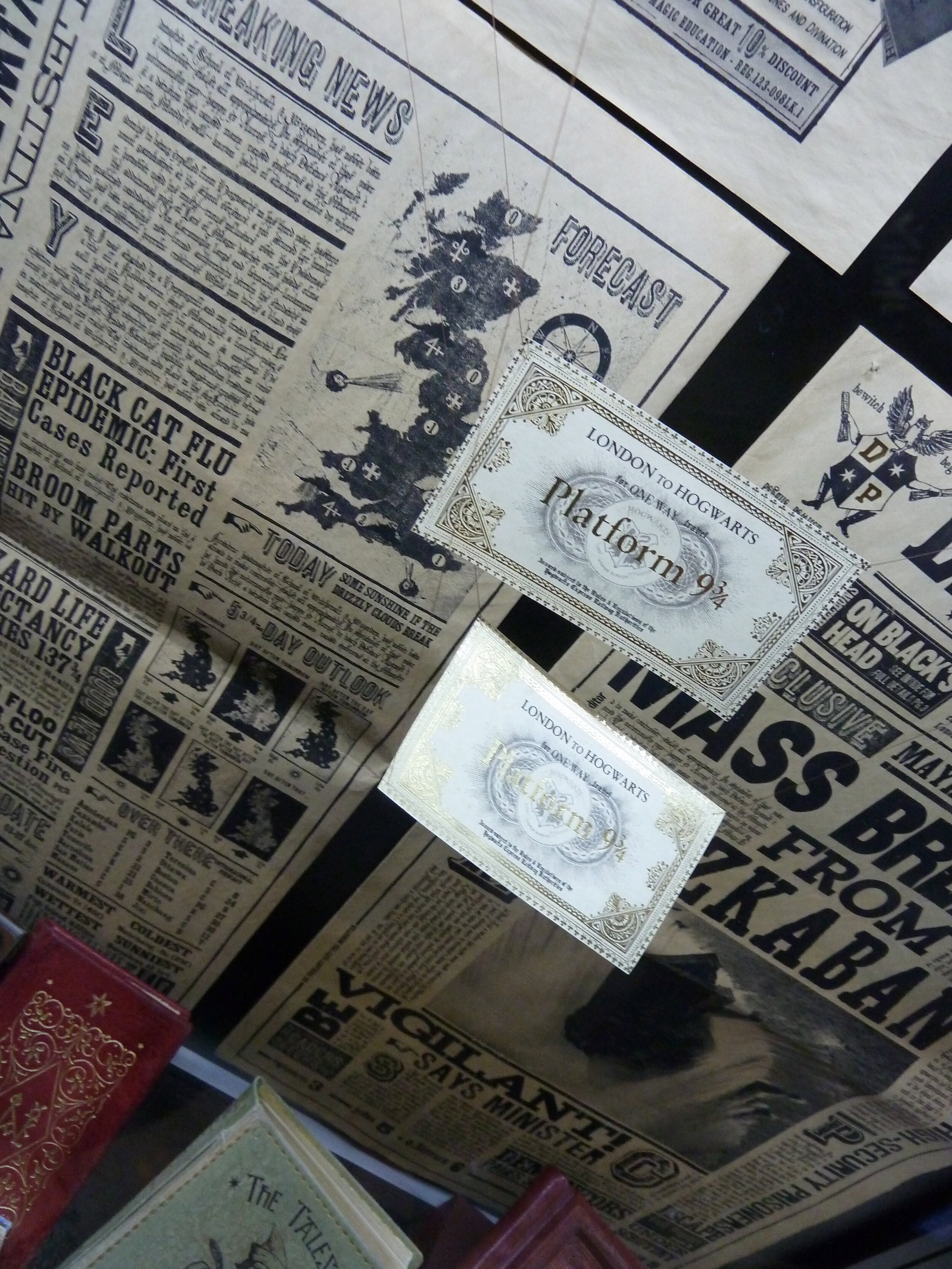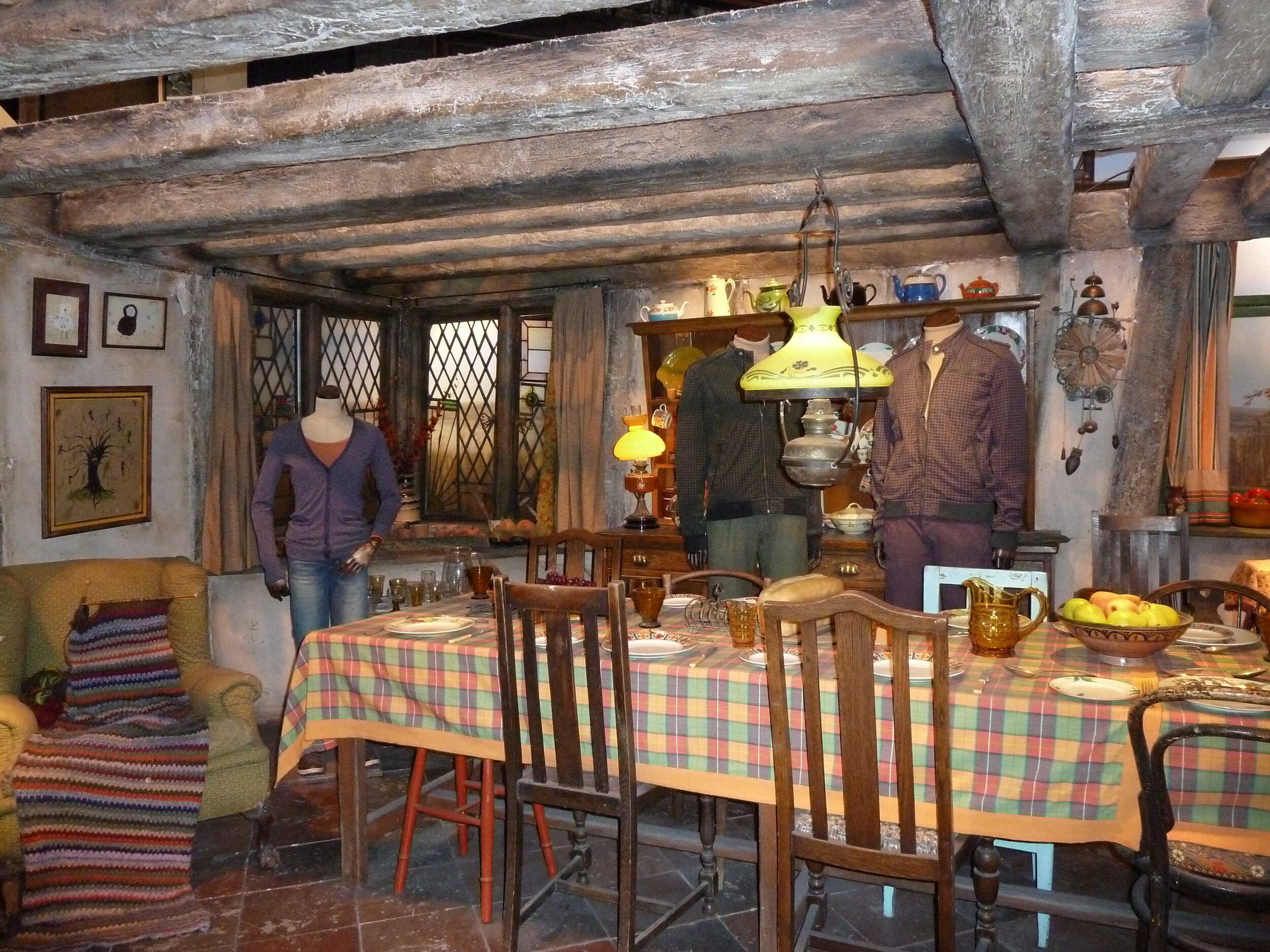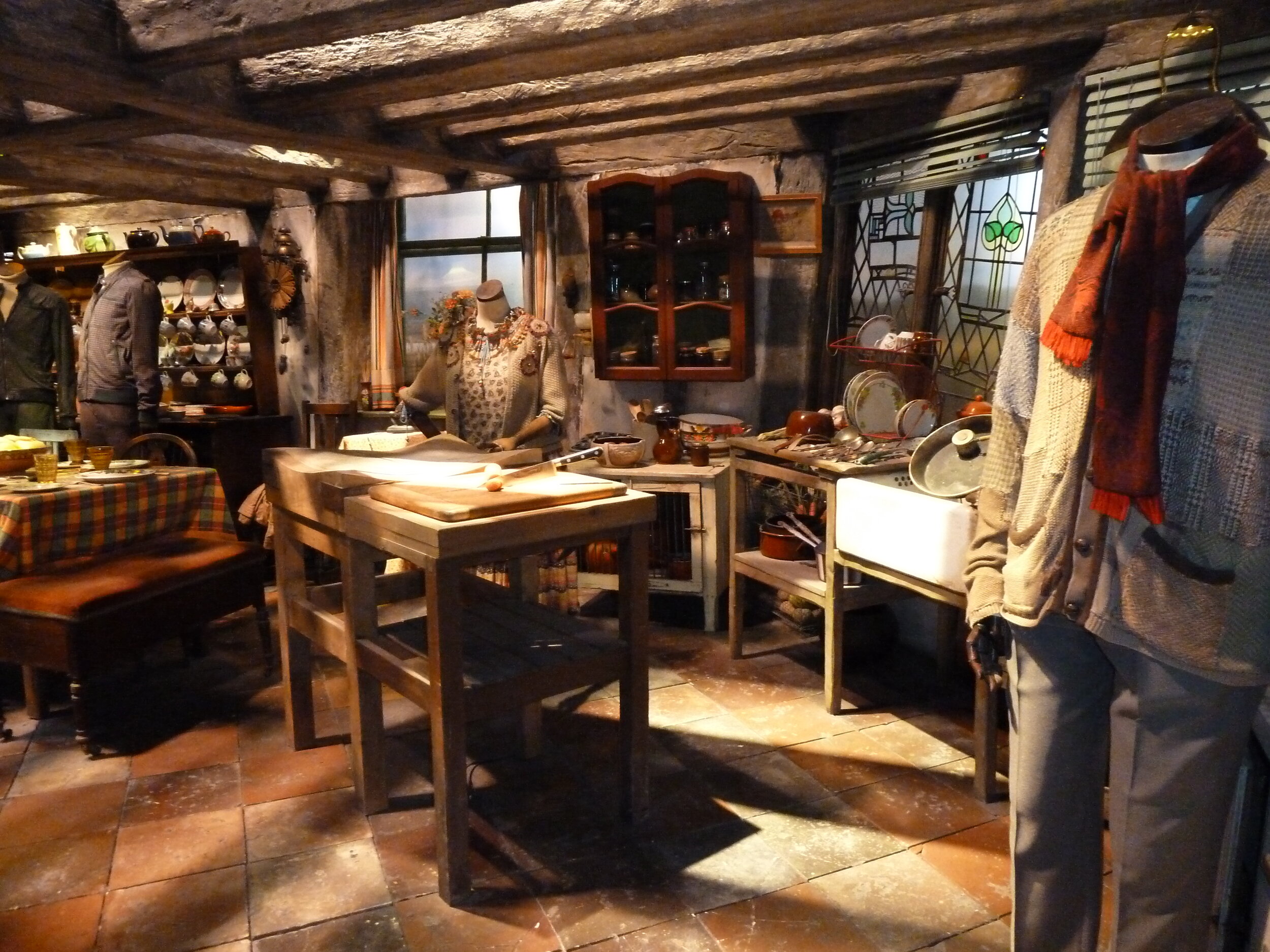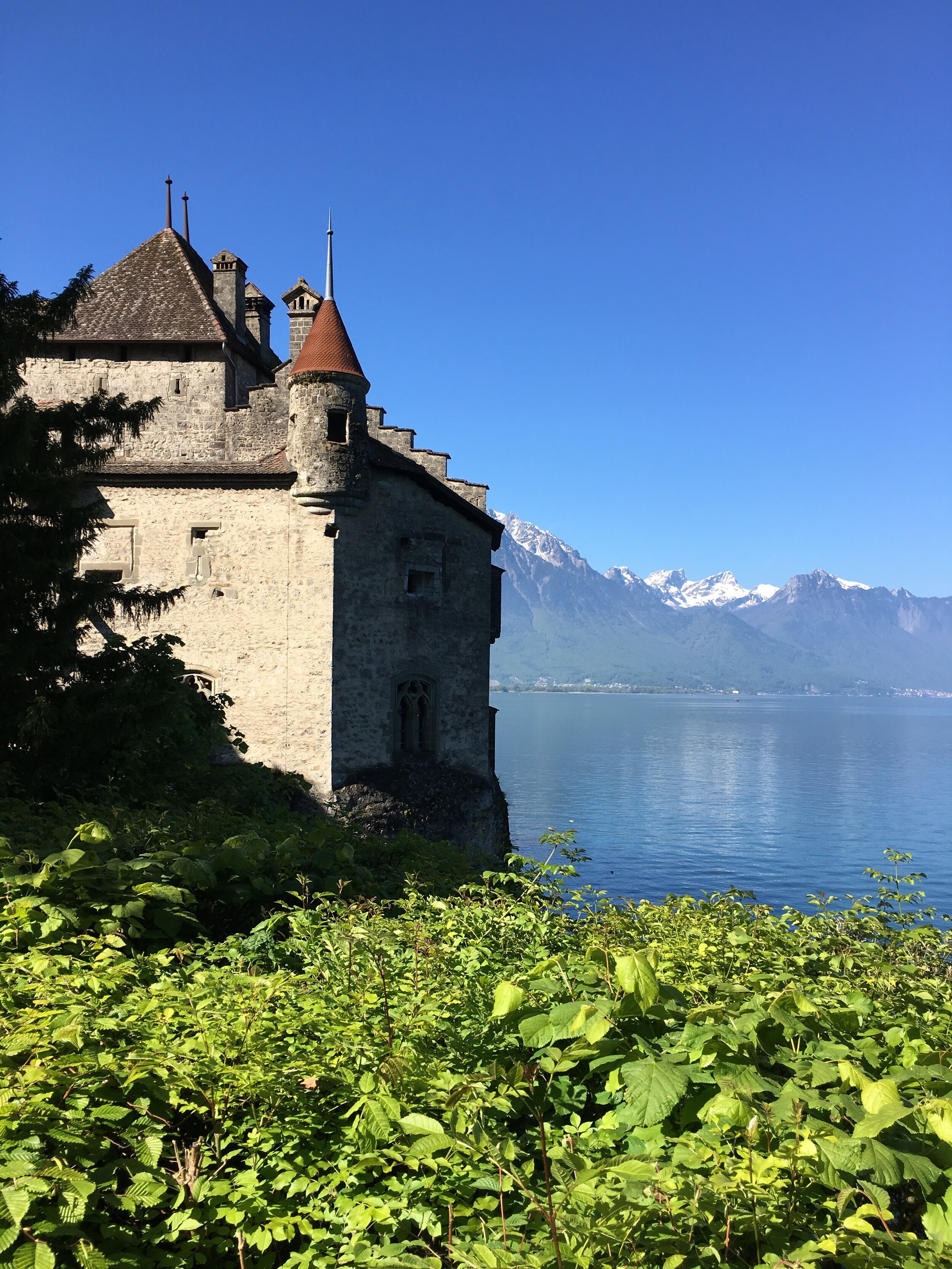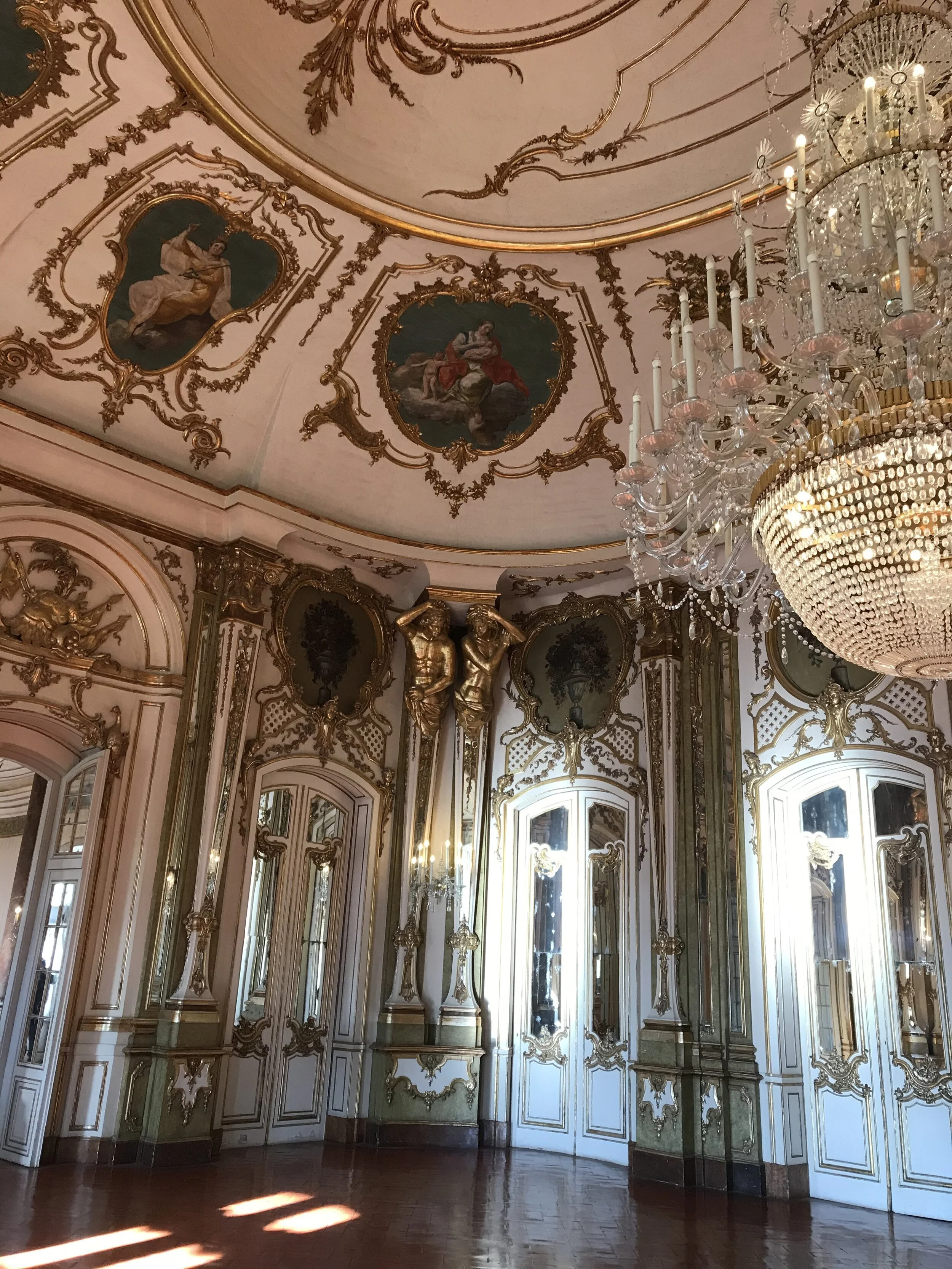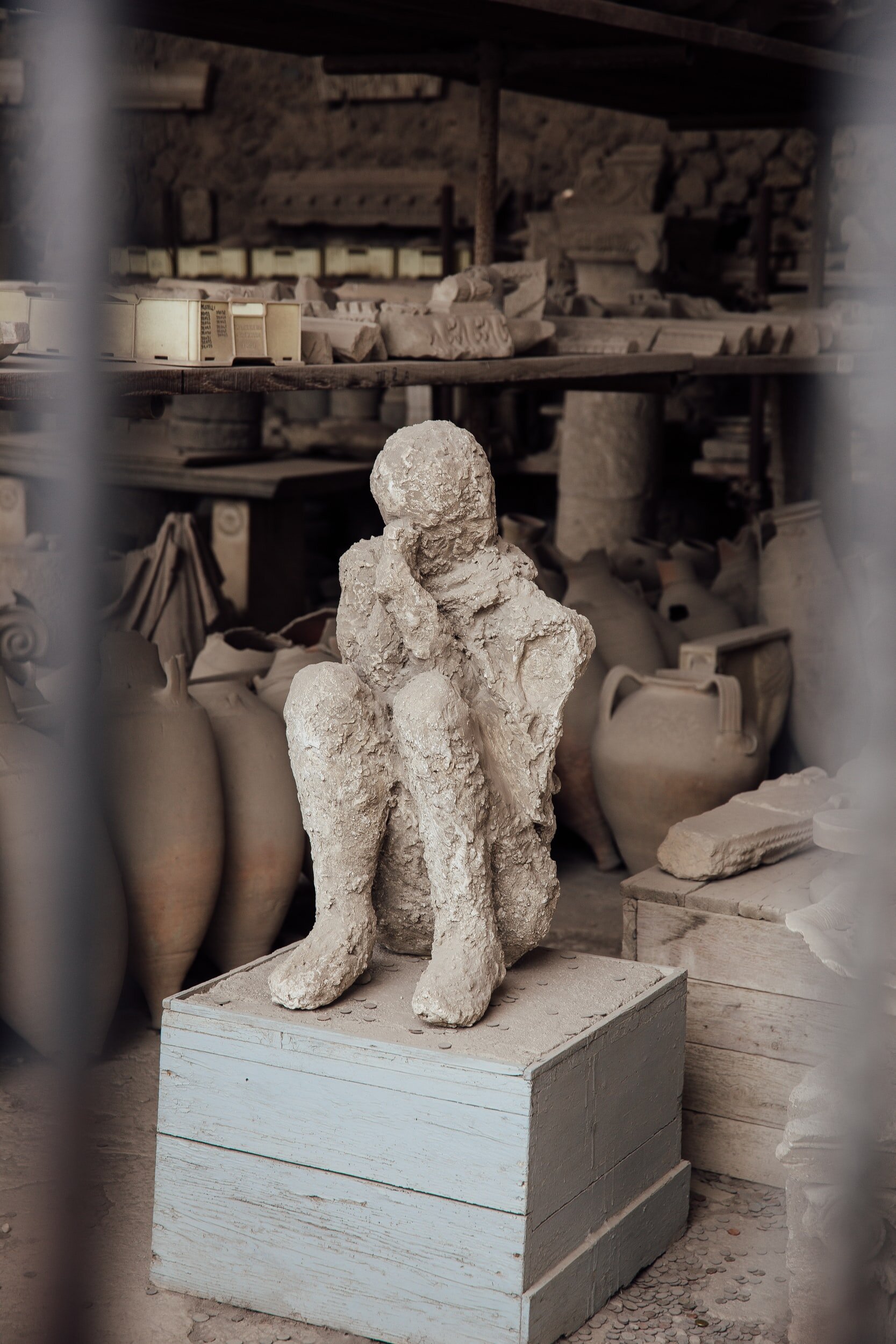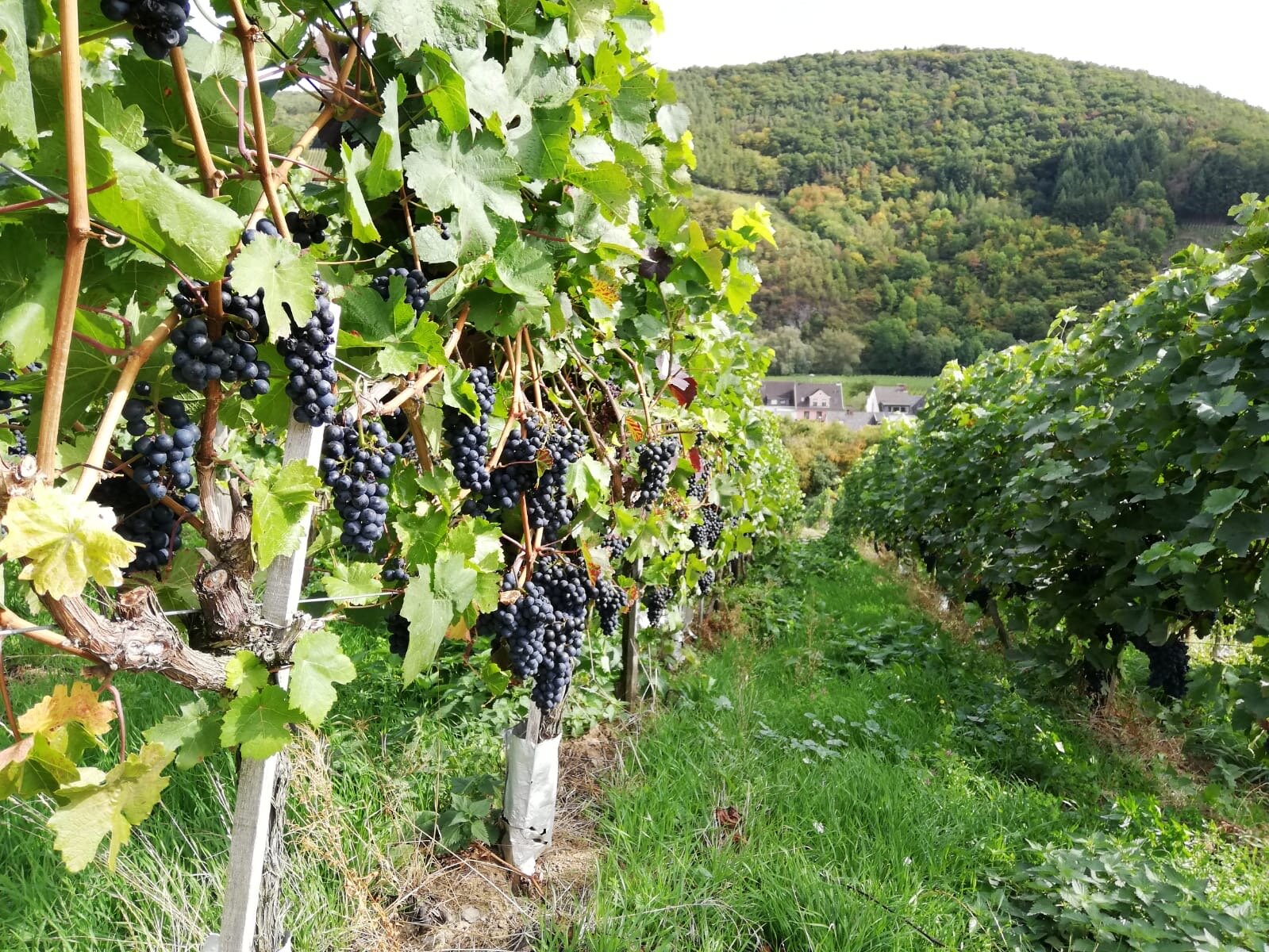16 Unique and Exciting Experiences to Consider When Trip Planning
Looking to bolster your trip with some unique and exciting experiences? Use this general guide to help you discover the types of experiences and activities to look for when trip planning, helping you to make some amazing and lasting memories while abroad. With specific examples given, you’ll find endless ideas to help you plan your best trip.
You can click on the pictures below to learn more about the what, where and when.
1. Take a Cooking Class
One of the most popular things to do while travelling is to take a cooking class. It not only makes for a memorable experience but can be a great introduction to a different cuisine and varying culinary practices. Some classes may even include a market visit first, a great way to see how ingredients are selected for each recipe. Whether you opt to take a class specific to one dish or ingredient -i.e. chocolate workshops in France, a pasta making class in Italy - or prefer to join a class dedicated to a full meal, you'll find tons of options when travelling as this has become a popular activity for tourists. But have no fear, while these classes may be targeted towards tourists, they are often run by local professionals and chefs, or from family homes where you'll learn authentic home recipes. The only downside to a cooking class is that some can run rather long and may take up a large portion of your day - something to be conscious of when booking. If that's the case for any you're looking into, perhaps schedule it for a day when most of the museums are closed (usually a Monday or a Tuesday), or on a Sunday, especially if you're in a country where shops and such close early, if open at all.
In countries where the cuisine is completely foreign to you, taking a cooking class is the perfect way to learn about the local and regional dishes, popular flavours and ingredients, and the drink(s) of choice. Even if you aren't making all the local staples, the chef leading the class will still introduce national favourites and elaborate on the nuances of their gastronomy. And you’ll get to bring home some recipes to impress friends and family at your next dinner party.
2. Take a Class (aside from a cooking class)
Cooking classes are by far one of the most popular options when looking for a fun and local experience, but there can be many other classes offered that will help introduce you to the culture and styles of the region, or provide you with new appreciation for your destination. For instance, when in Vienna, perhaps try a 1-hour dance class learning the Viennese Waltz, or learn the basics of Flamenco at an introductory class in Spain. In France, you can partake in parfum/perfume workshops, where you'll learn about the intricacies of fragrance development before creating your own. You may also find some amazing art classes or pottery workshops to be had, such as the Delft ceramic painting class at their signature factory, only an hour from Amsterdam. In Tokyo, you can partake in a Kintugi workshop, where you will get hands-on experience in the traditional practice of repairing broken pottery while wearing "samue" - the traditional dress of Japanese craftsman. In Kyoto you can take lessons at a Samurai school, just as you can take gladiator lessons in Rome. Joining a language class can be a fun chance to learn some basic and useful phrases, as well as a chance to meet some other foreigners/travellers. The options are endless, and websites like Viator can help you find vetted reputable options based on your destination.

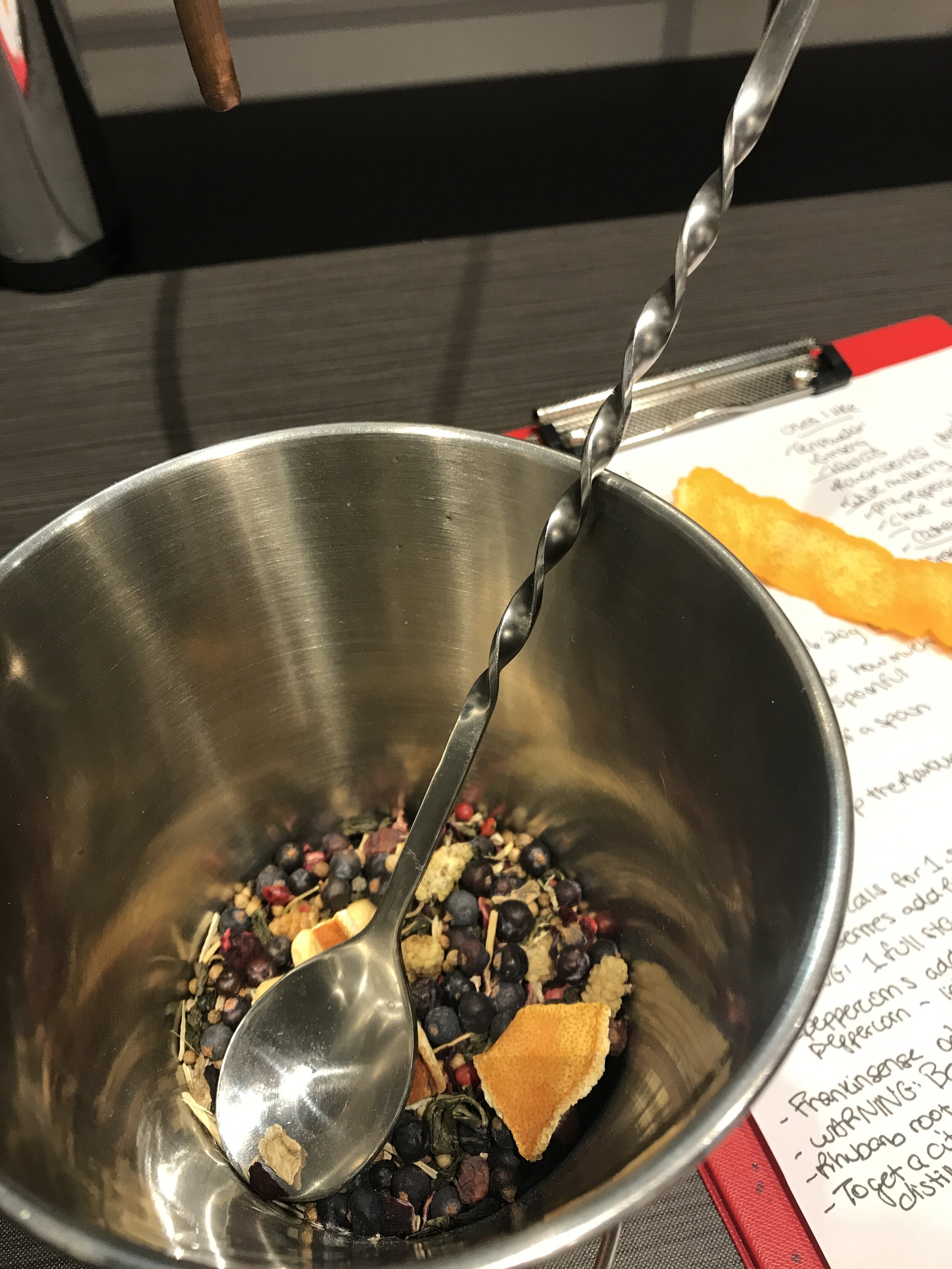
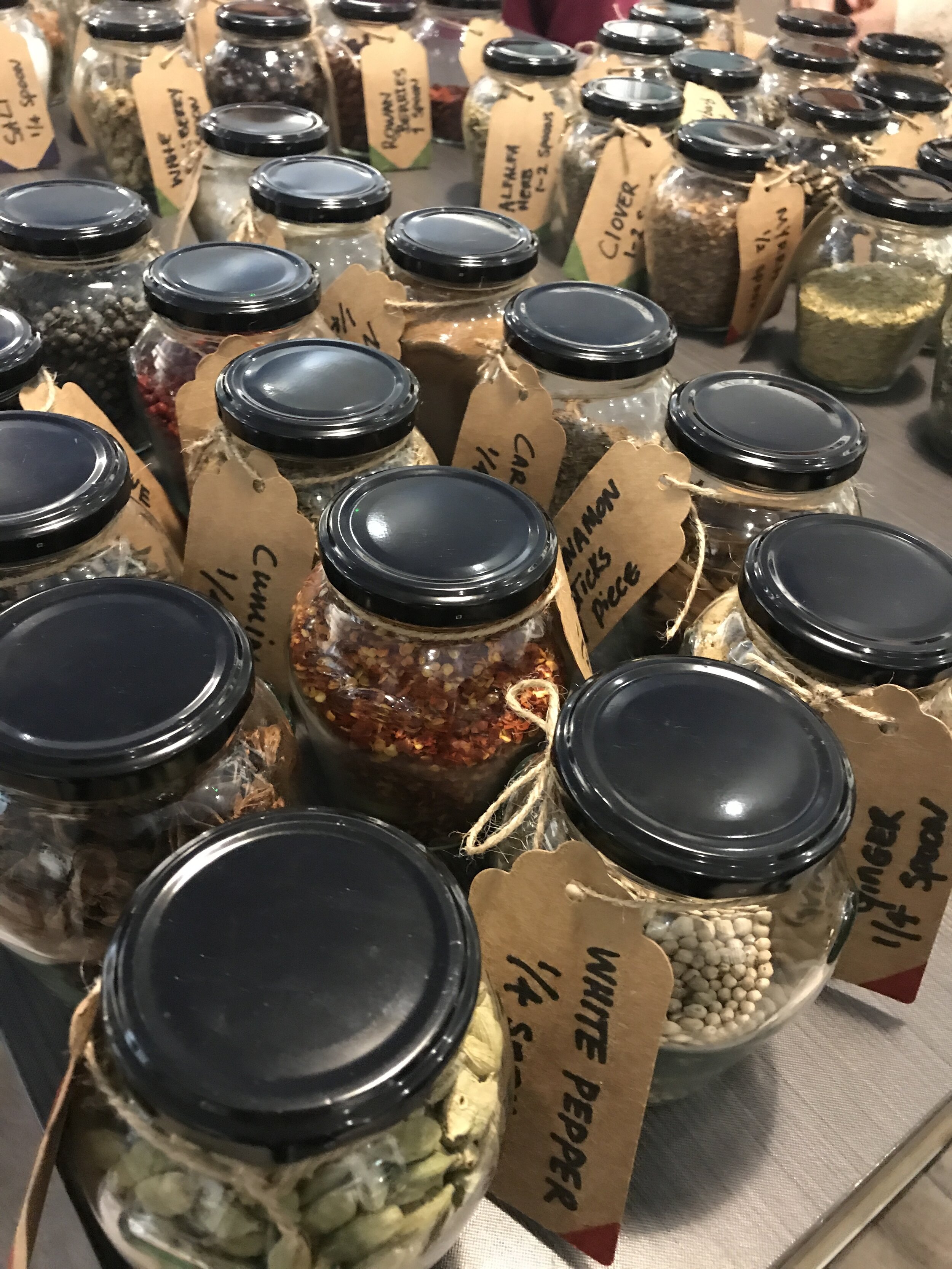
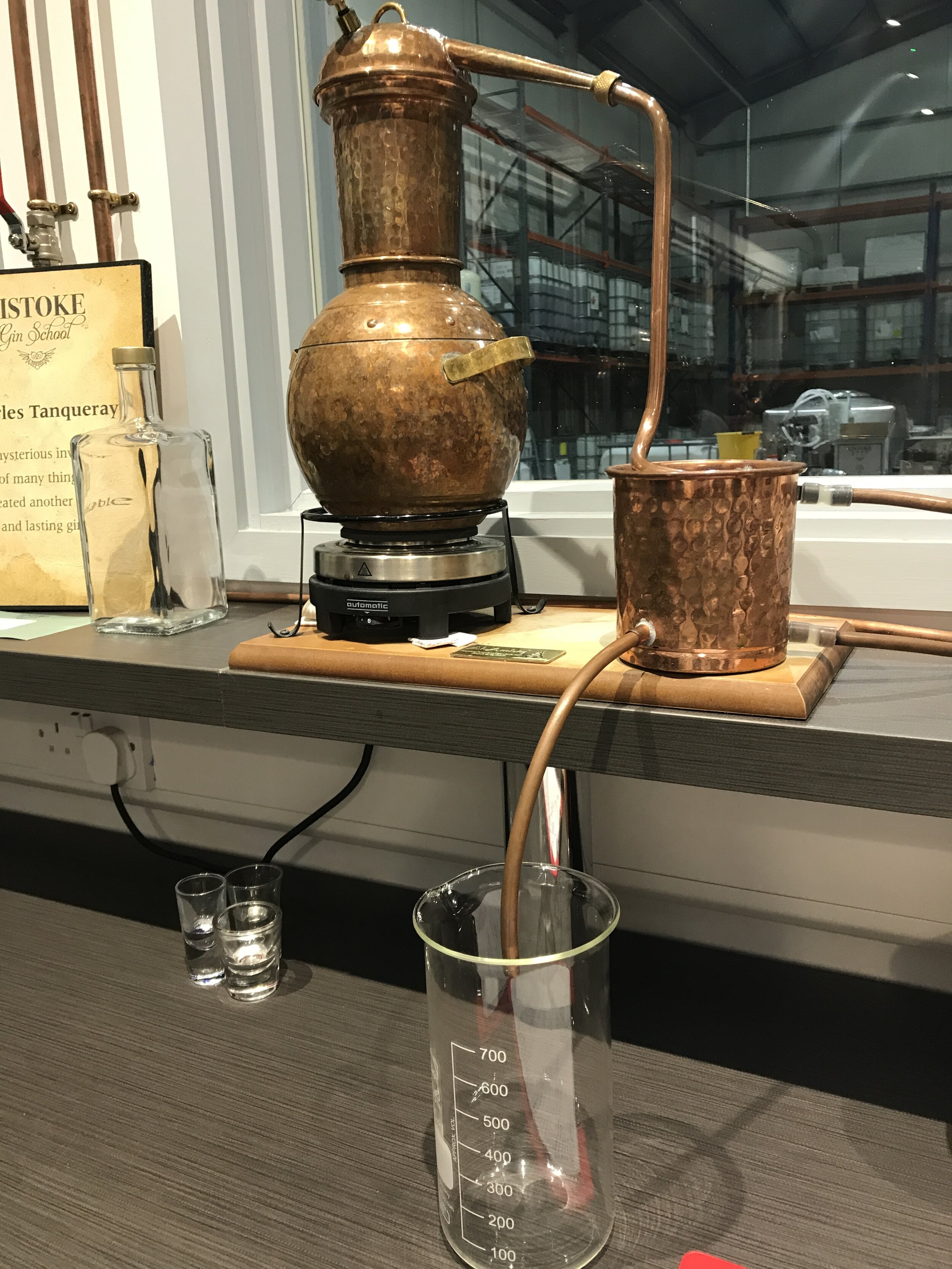
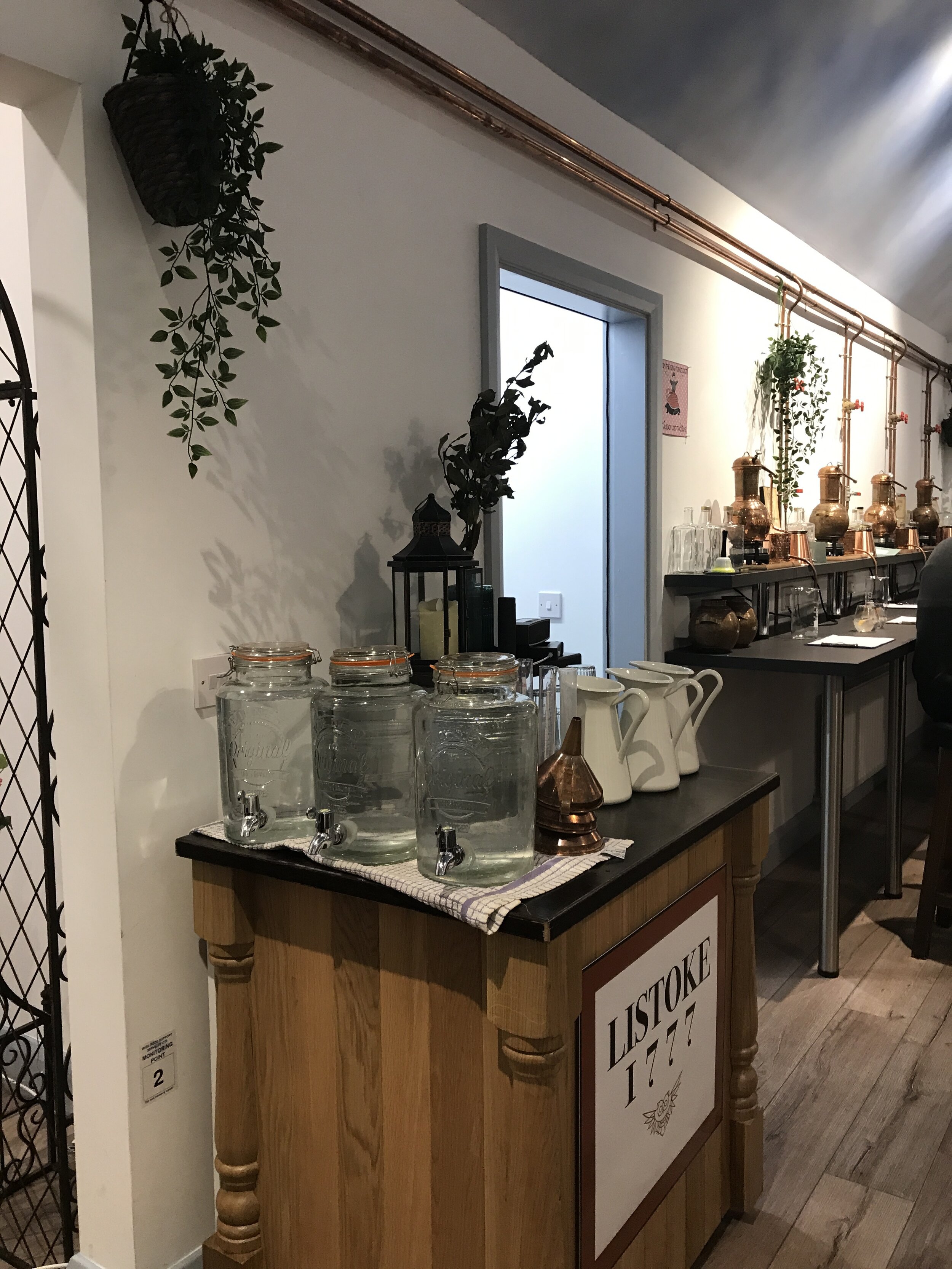




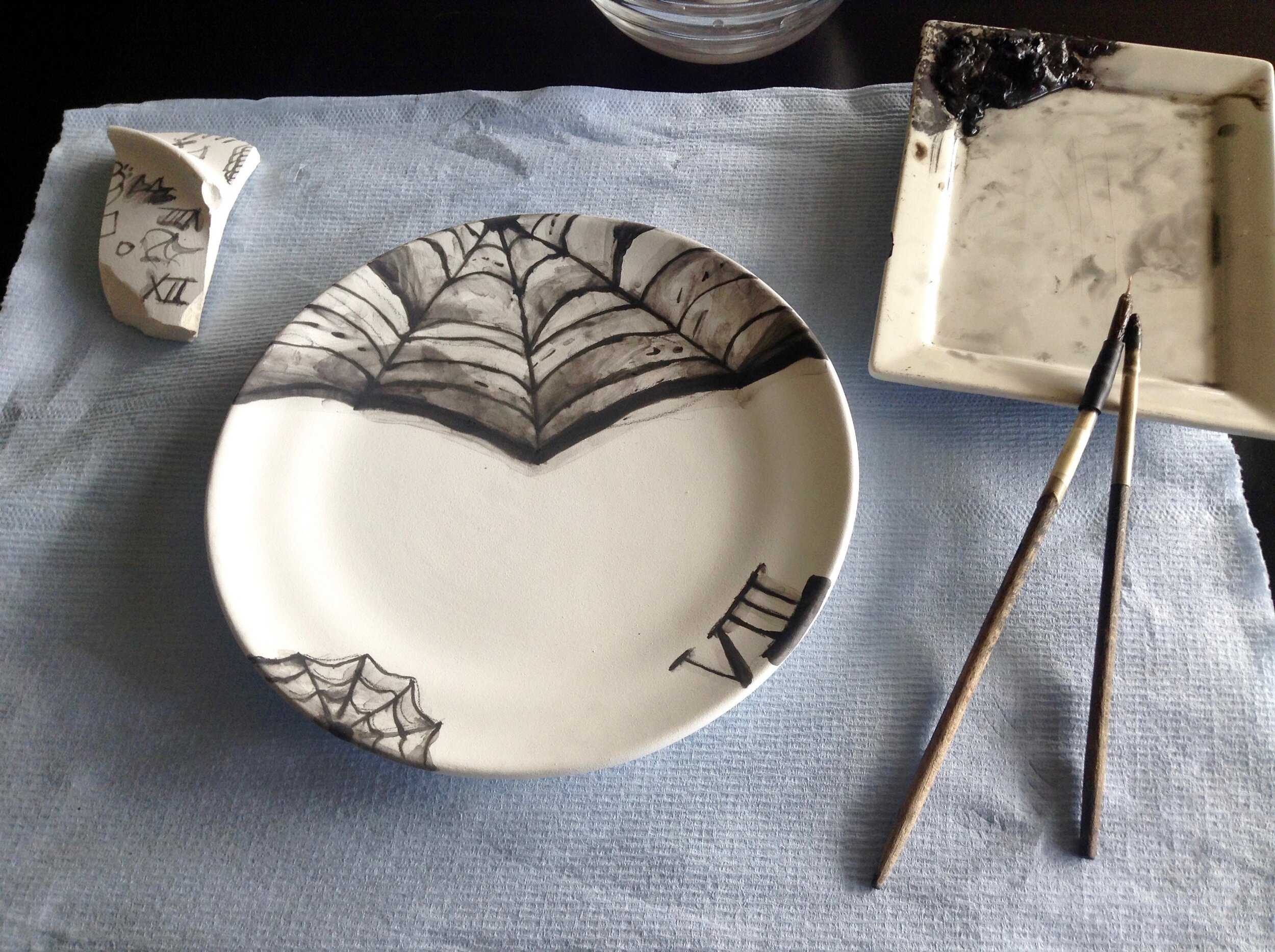



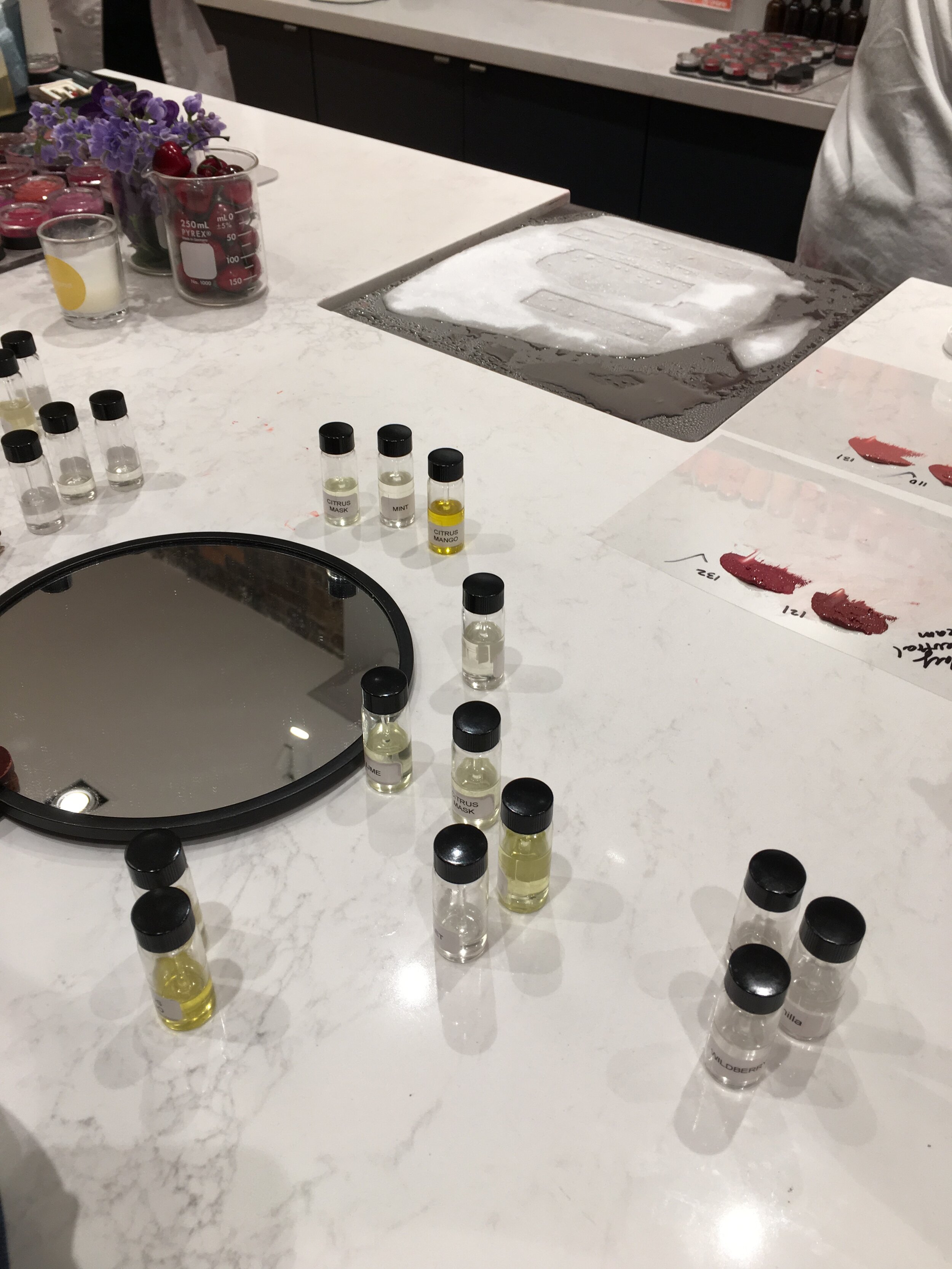
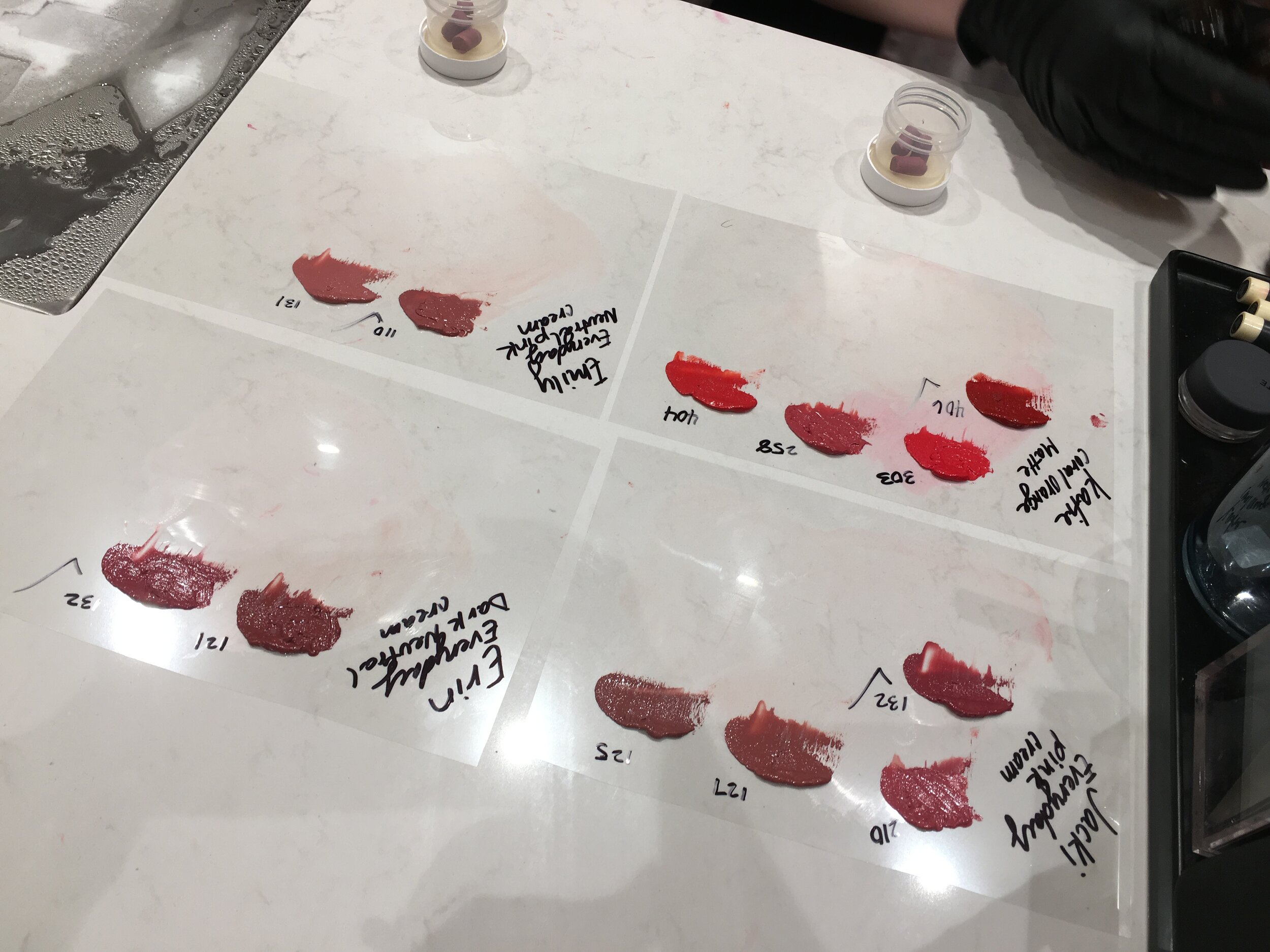
3. Visit a Familiar Chain (like Starbucks or McDonalds)
It may seem ridiculous to fly around the world only to end up in a McDonalds or Starbucks, Burger King, etc. but there's something to be said for doing this, as silly as it may seem. Aside from a brief moment of familiar comfort (specially for picky eaters), it can be quite interesting and culturally informative to see how the menus change from one country to another, not to mention how the general design/aesthetic adapts to each location. Aside from having various nicknames around the world, McDonalds' menu can drastically change, adapting to the cuisine of each country. You'll likely still find a BigMac and McFlurry regardless of where you are, but McFlurry flavours can change depending on the country and/or continent, and you'll definitely find some dishes unique to each destination. Examples include the McPoutine in Canada, McKroket in the Netherlands, the Baci Perugina McFlurry in Italy, the NYC Benedict Bagel in New Zealand, a Spicy Paneer Wrap in India, and a Bulgogi Burger in South Korea.
On the surface, Starbucks doesn't seem very different from one location to another - unless you visit their Italian flagship in Milan - with most having certain signature drinks and seasonal favourites available (the PSL for instance). However, as you travel you will undoubtedly find a few different drinks and treats to whet your palette, with some options available throughout a designated geographical area or continent, and others more regionally specific. For instance, in many countries in Asia you'll find a Matcha Espresso Infusion drink, but only in Japan will you find the Sakura Blossom Creamy Latte. In the UK you'll find the Butterscotch Brûlée Latte to warm you up in the winter months, and in Brazil you can enjoy a Brigadeiro Frappuccino to help you cool off. Love a caramel macchiato? Why not try a maple macchiato when in Canada, along with a Nanaimo bar - a Canadian specialty offered during the holidays. And while perhaps not quite as mouth-watering as some local bakeries, Pastel de Nata at Starbucks' in Portugal are surprisingly good.
By no means should you make global chains your main source of sustenance throughout your trip, but popping in for a quick drink or snack is an easy and fun way to sample another culture.
4. Try a Local Favourite/Hot Spot - referred by LOCALS!
It's only natural when going to a new city to look up the best restaurants, looking to discover a great place to eat where you’ll get a delicious meal without food poisoning. Whether you're looking them up online before your trip or while away, or you're scouring guidebooks for recommendations, it's easy to find some good choices that way. And while those restaurants shouldn't be discounted, nor should any of the restaurants you find highly rated on websites like TripAdvisor, it's best to keep in mind who is actually reviewing and rating those places. TripAdvisor and Google reviews can be great resources, especially for hotels, but when it comes to restaurants it's always worth remembering that typically it's other tourists leaving reviews. How often do you review restaurants in your own city? For most, it's typically not something one bothers to do unless they have a complaint. So while it's definitely worth using these resources to help discover restaurants, or perhaps weed out some choices, if you're looking for a true local favourite, you need to ask a local themselves. If you're staying in an Airbnb, a lot of hosts will give recommendations, at least for the neighbourhood, though they are happy to suggest other great spots if you ask. However, if you're staying at a hotel, maybe you want to ask someone at the front desk, though be sure to specify that you want to try one of THEIR favourites, not a hotel approved recommendation. Personally, I'd suggest asking locals outside your accommodation. Perhaps someone at a museum/attraction, a barista at a coffee shop, or a salesclerk at a store.
Should you prefer online resources, keep an eye out for local websites, run by locals for locals (even if you have to translate it all with Google Translate). Sometimes these local-specific websites will also discuss new restaurant openings, which can be a memorable experience if you can get a reservation. Of course, a new opening may mean the restaurant turns out to be a dud or is still getting its act together, but perhaps you may just be one of the first to try a future Michelin rated restaurant.
5. Get Adventurous and Gluttonous at a Food Hall
Food Halls are becoming one of the trendiest things in the tourism and hospitality industry, with various ones popping up all around the world, with some cities offering multiple of these designer food courts. For those who have yet to try one, these food halls are best described as a crossover between a market and a food court, often featuring some of a city's top chefs and restaurants. Often trendy restaurants will create a limited menu focusing on their specialties, while top chefs will create special dishes for a pop-up. Typically you’ll find a mix of options, with some vendors offering traditional cuisine or light bites, with others ranging from beloved bakeries, gourmet fast food, fancy offshoots, to cocktail bars and ice cream shops. You can try as many restaurants/vendors as your heart desires, bringing whatever you order back to your table. It’s worth noting that many of these food halls - again, best described as trendy food courts - have long communal tables. You may be able to snag a table just for you and your travel partner(s) if you’re lucky, but don’t be surprised if you’re just grabbing the first few vacant spots together.
Aside from being a cool experience, what makes the food hall such a great option for your trip is that you can try a lot of local favourites and popular restaurants that you may not have normally been able to get to. After all, there’s only so much time you have when travelling and there is simply no way to try it all. But with the food hall, you can taste dishes from multiple restaurants and chefs all in one meal. It also allows you to mix and match dishes and cuisines, so you are guaranteed to find something you like. Warning: unless you’re prepared to order a lot just for sampling, accepting ahead of time that you have no intentions of finishing everything, you better go hungry (starving really) or with a lot of people so that you can all share.
While some cities have had a variation of this food hall concept for decades, the rise of the food halls has led to new and higher standards. Some famous (and beloved) examples include: TimeOut Market in Lisbon, Mercado de San Miguel in Madrid, De Foodhallen in Amsterdam, Östermalms Saluhall in Stockholm, Maxwell Road Hawker Centre in Singapore, Krog Street Market in Atlanta, Pike’s Place in Seattle, Revival Food Hall in Chicago, and DeKalb Market Hall in Brooklyn, New York. Of course there are countless more all over the world, with some cities (especially American cities like New York, Boston, Chicago, LA, etc.) offering multiple food halls. And with this growing trend, you can expect many more to open, with Time Out bringing their infamous market halls to Montreal, London, Dubai and Prague.
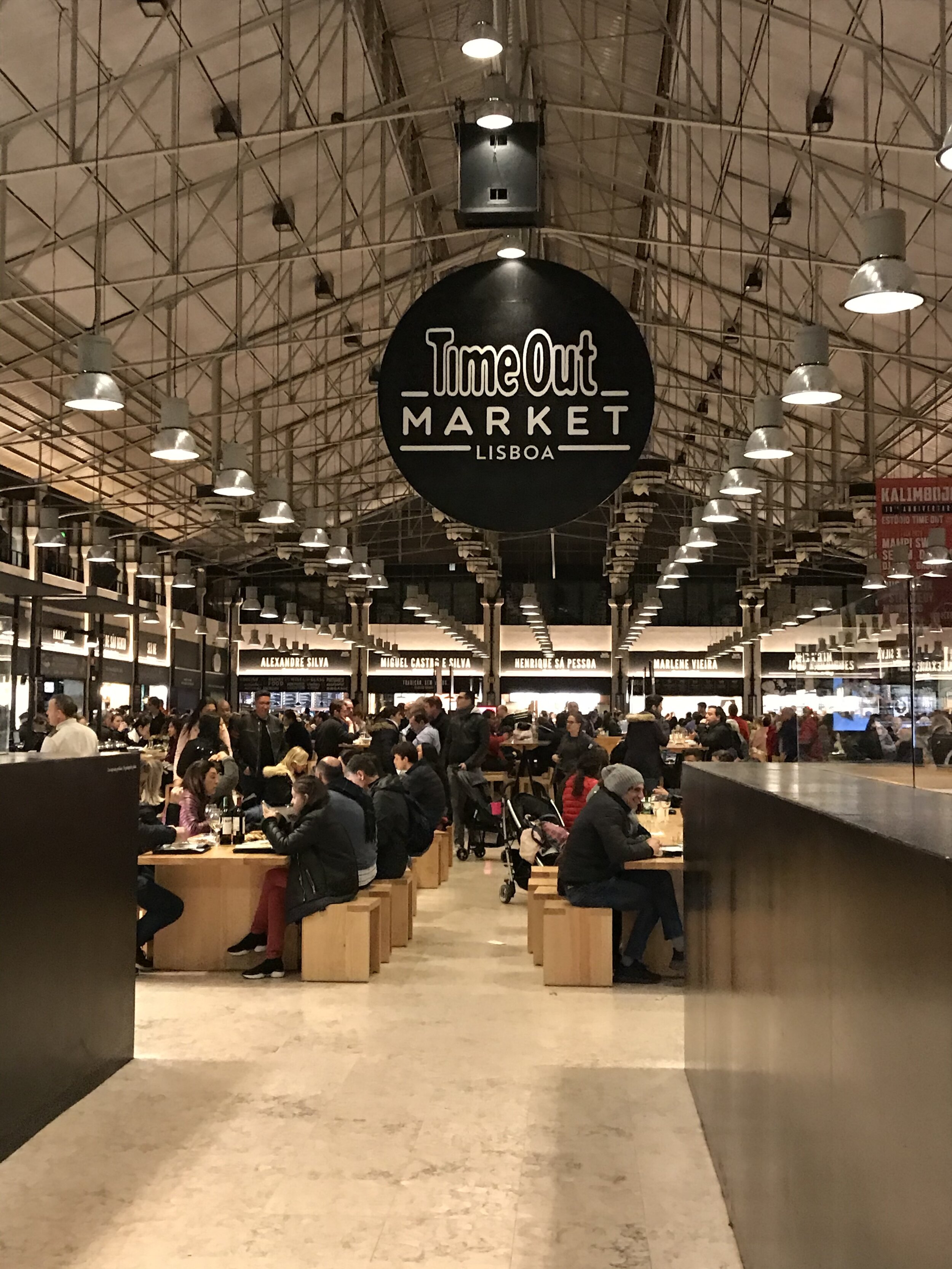

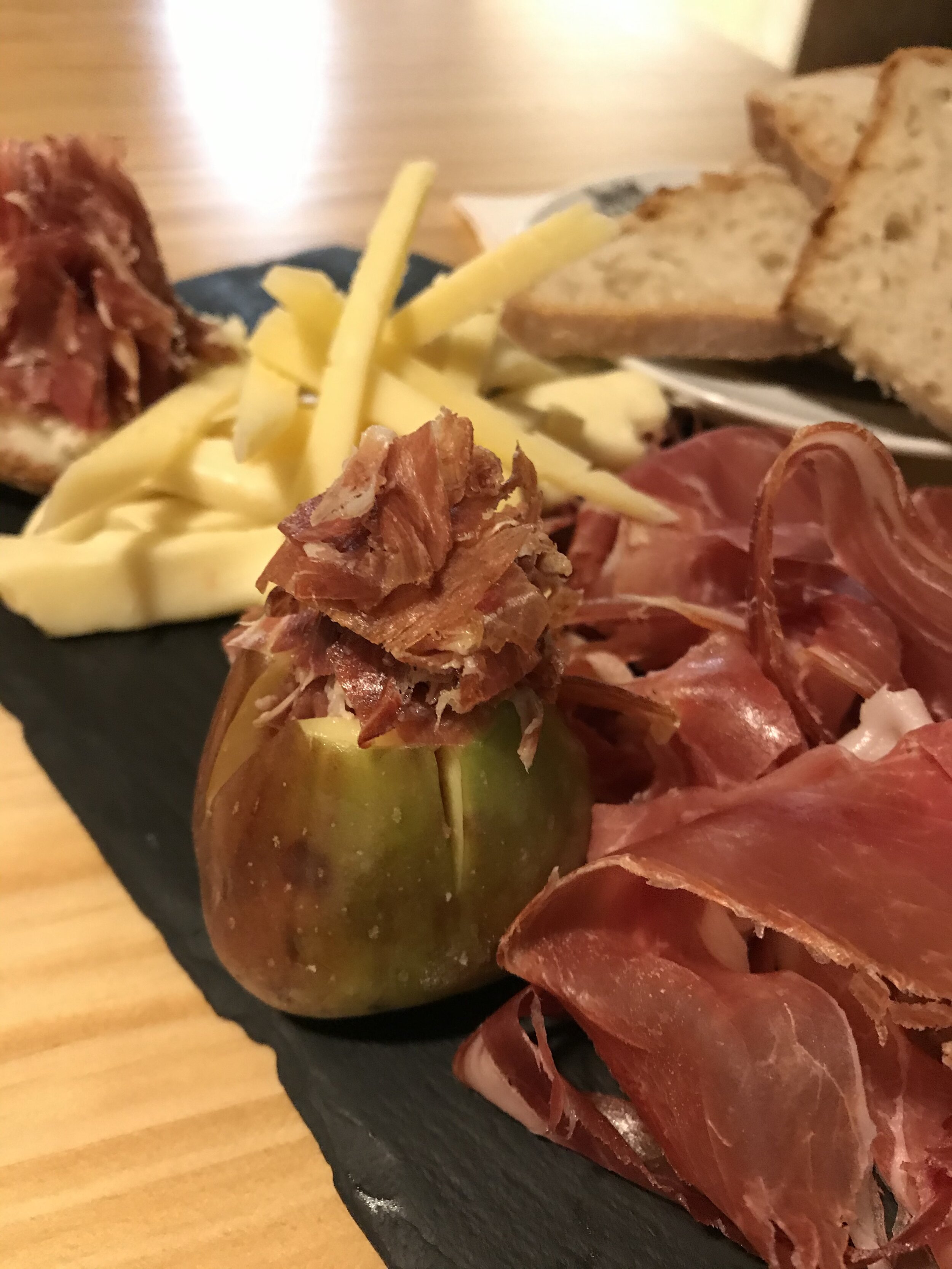
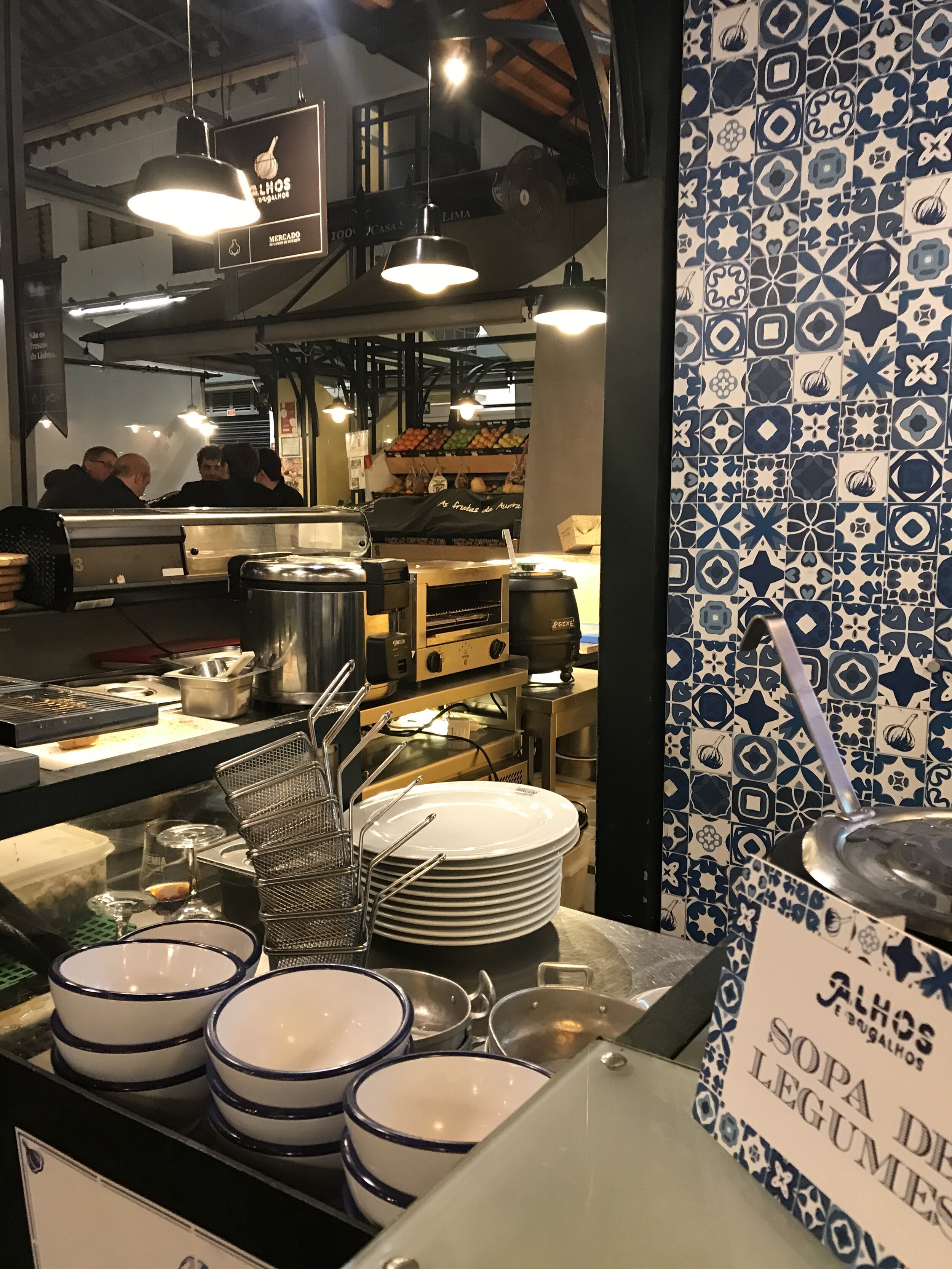
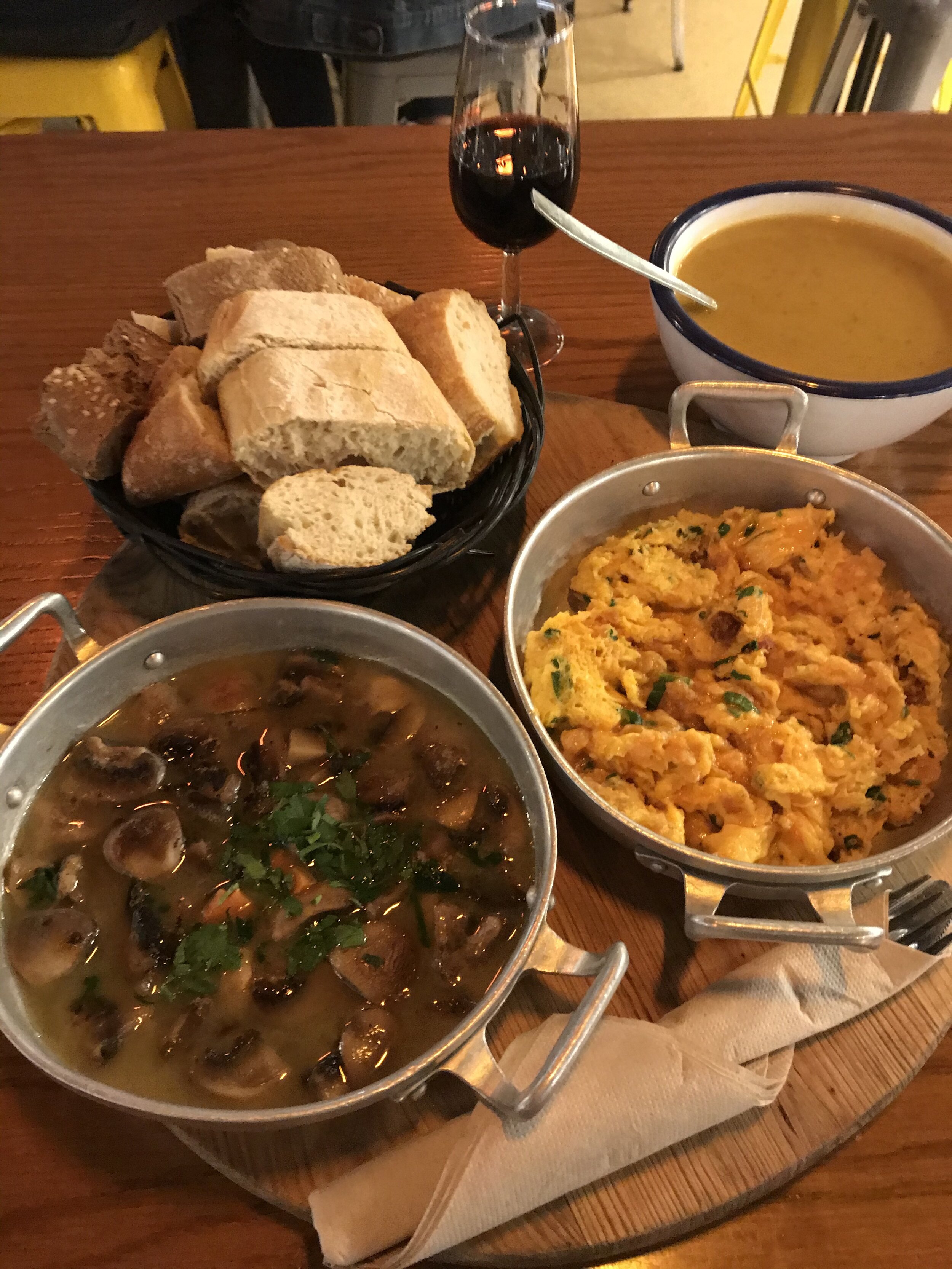
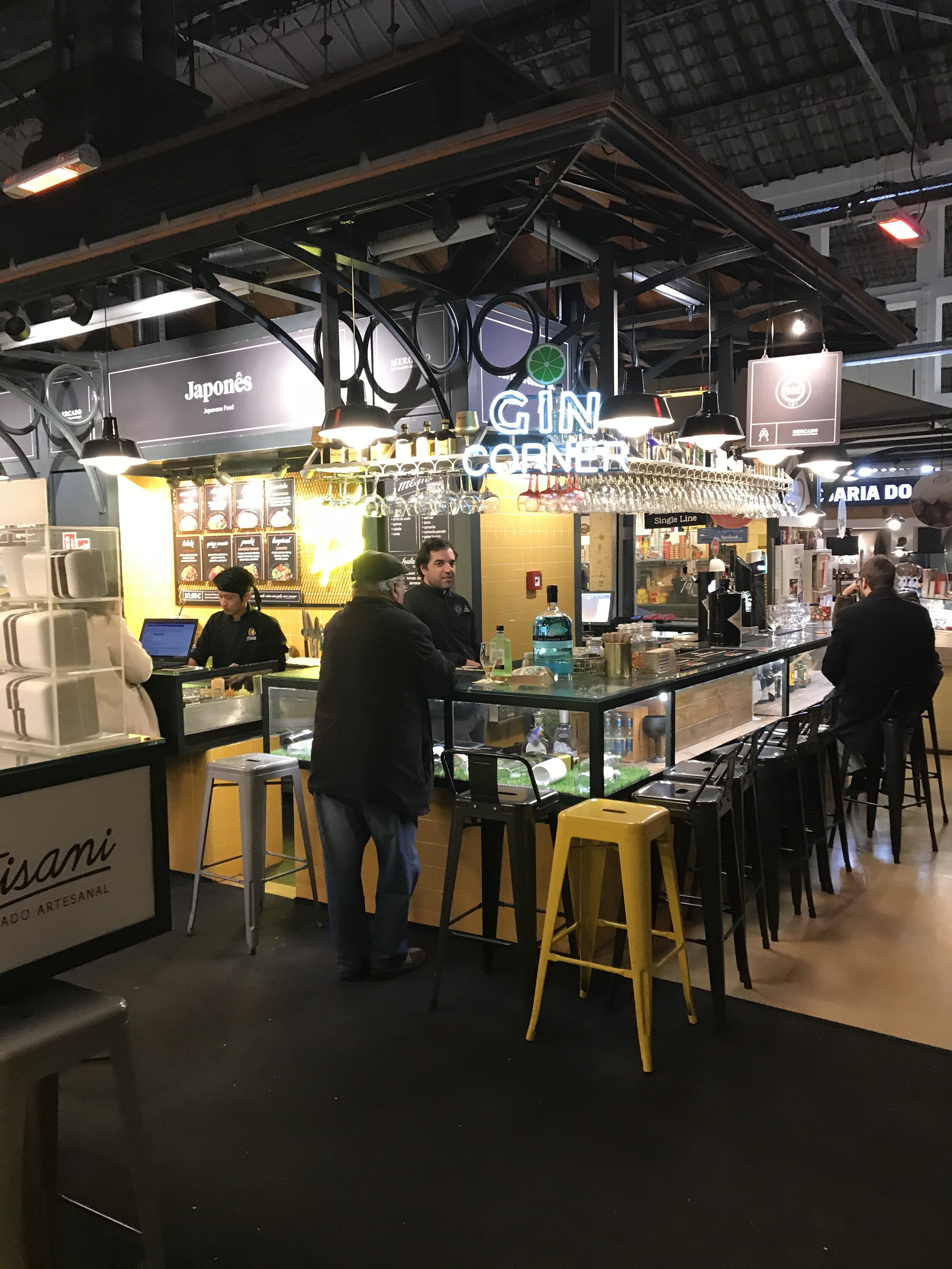
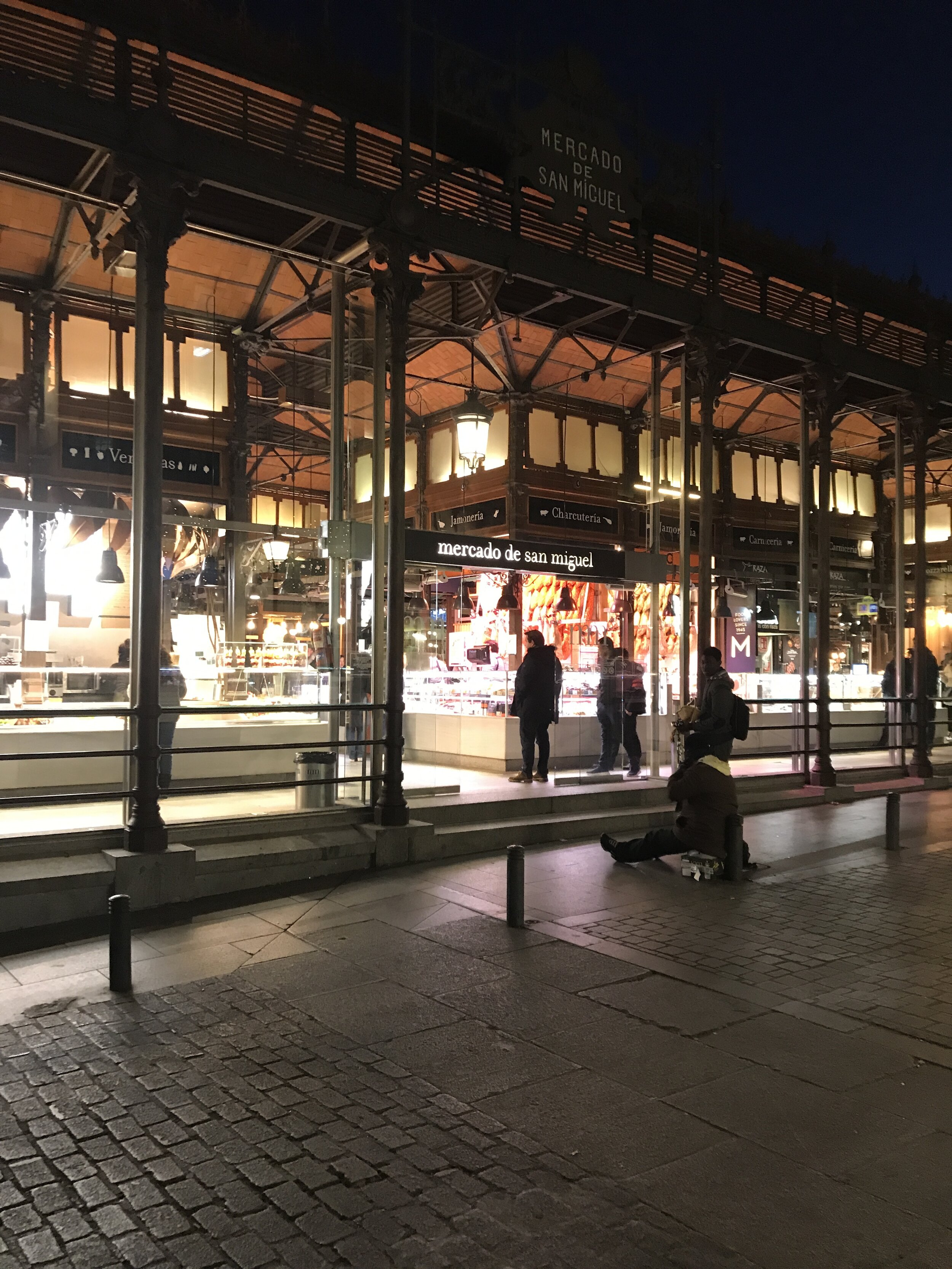
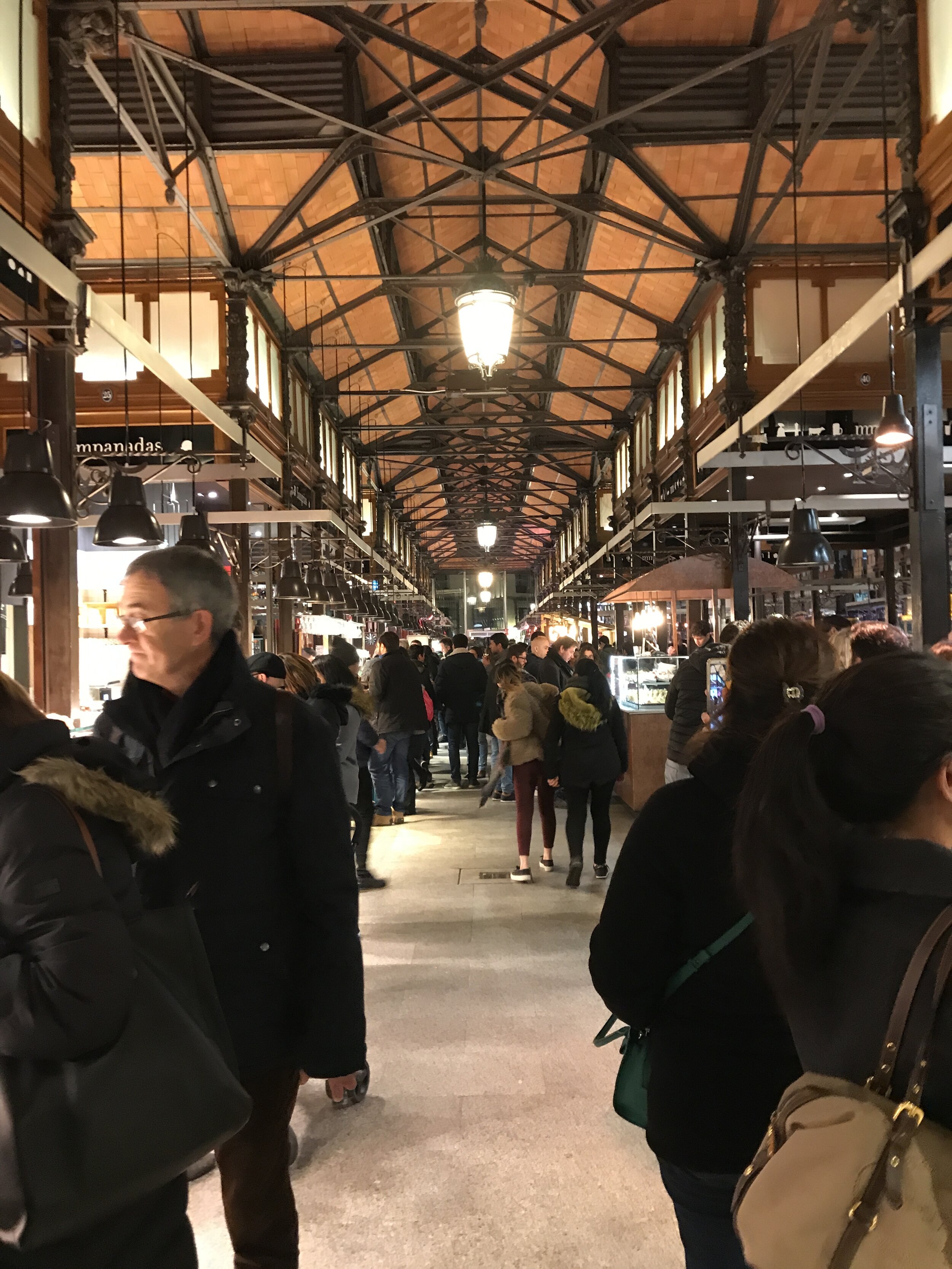
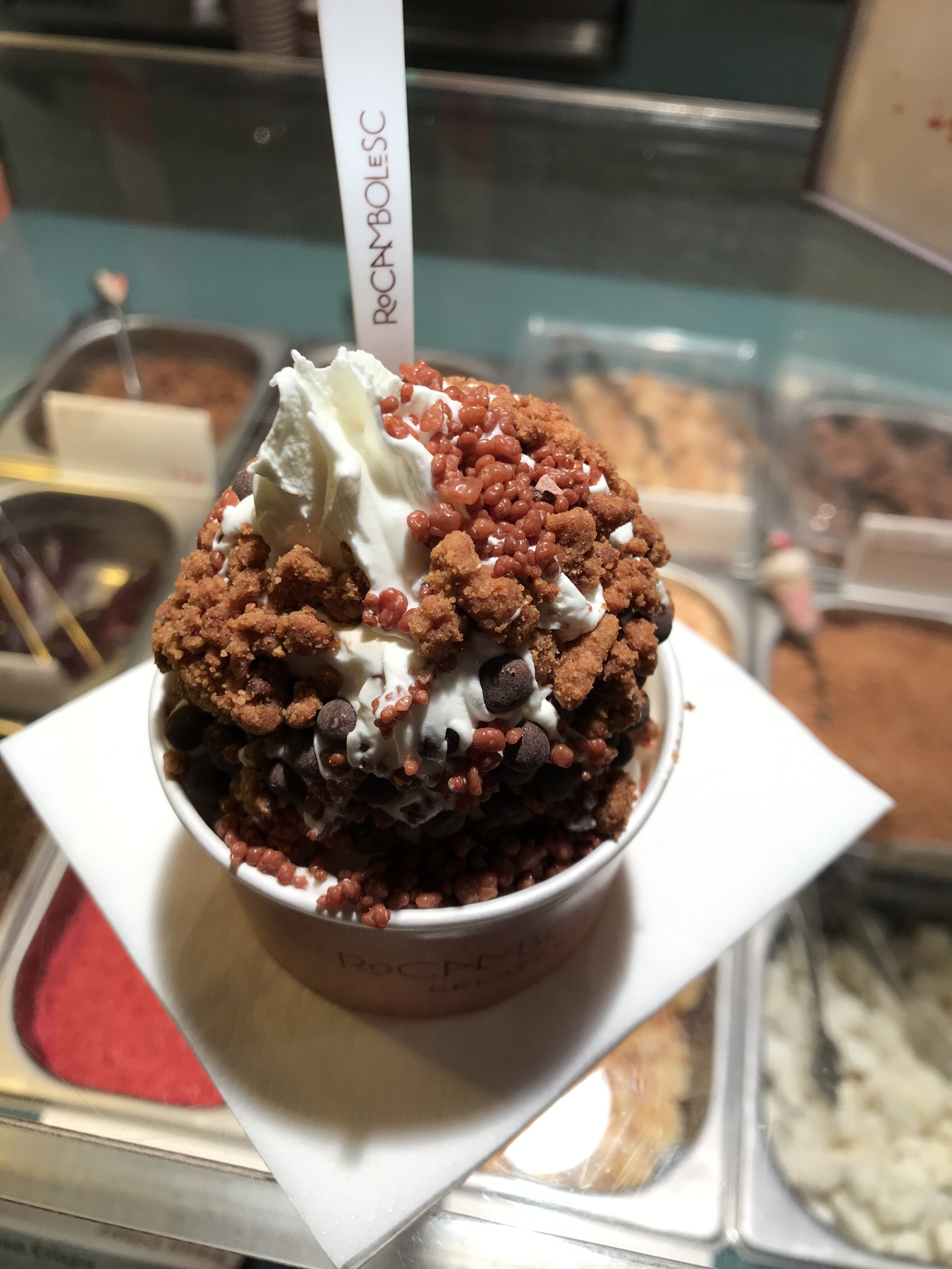
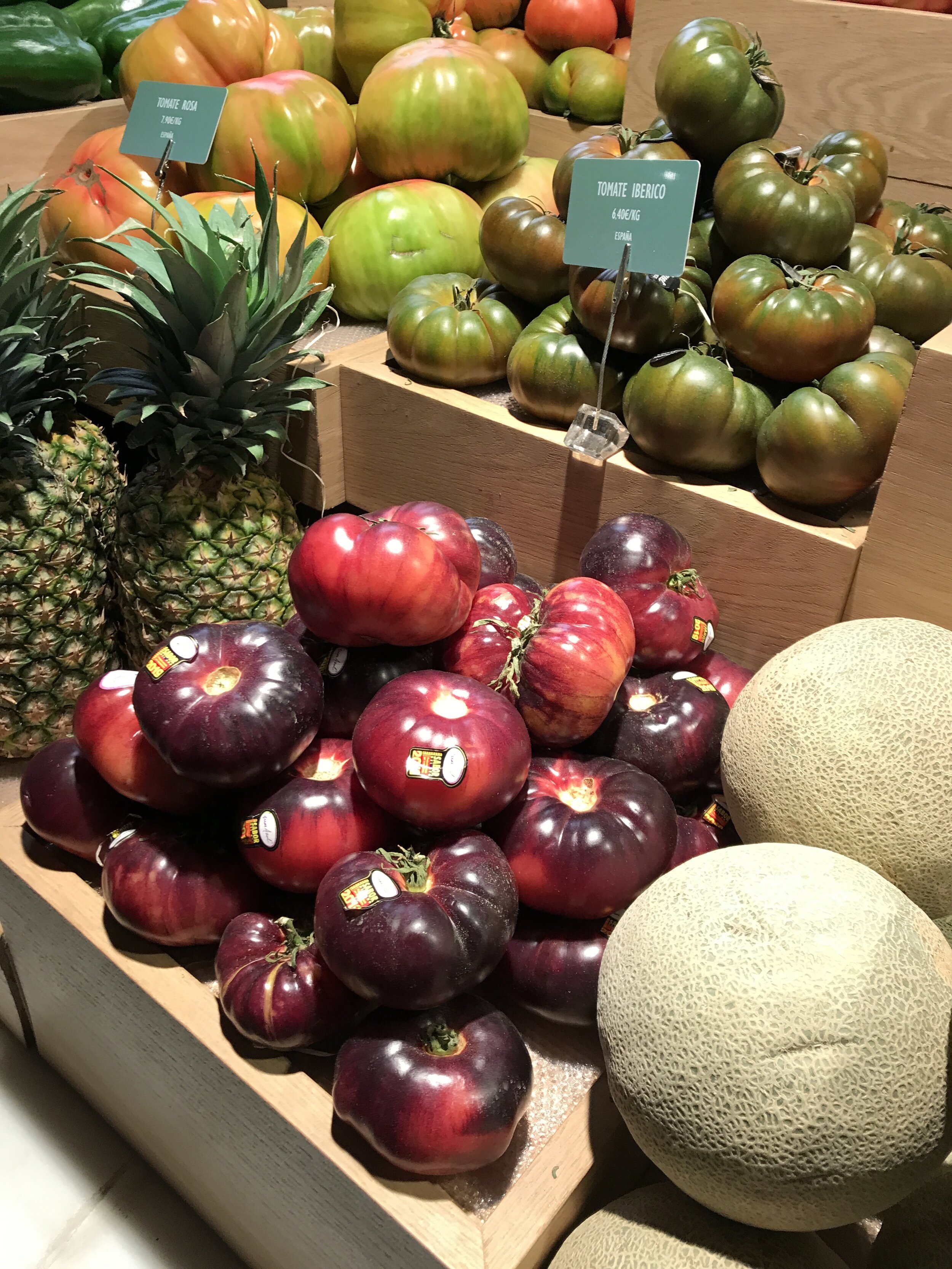



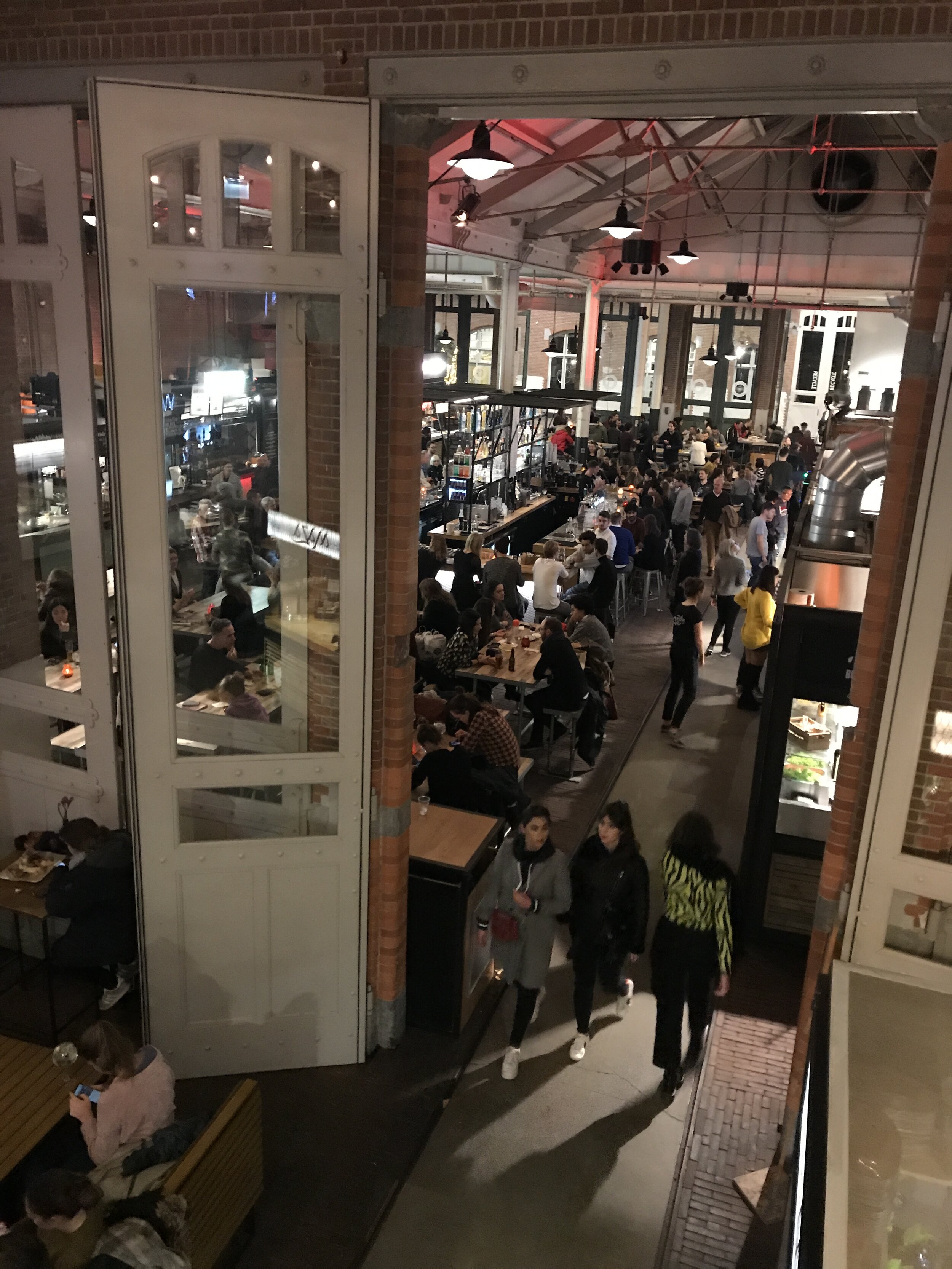


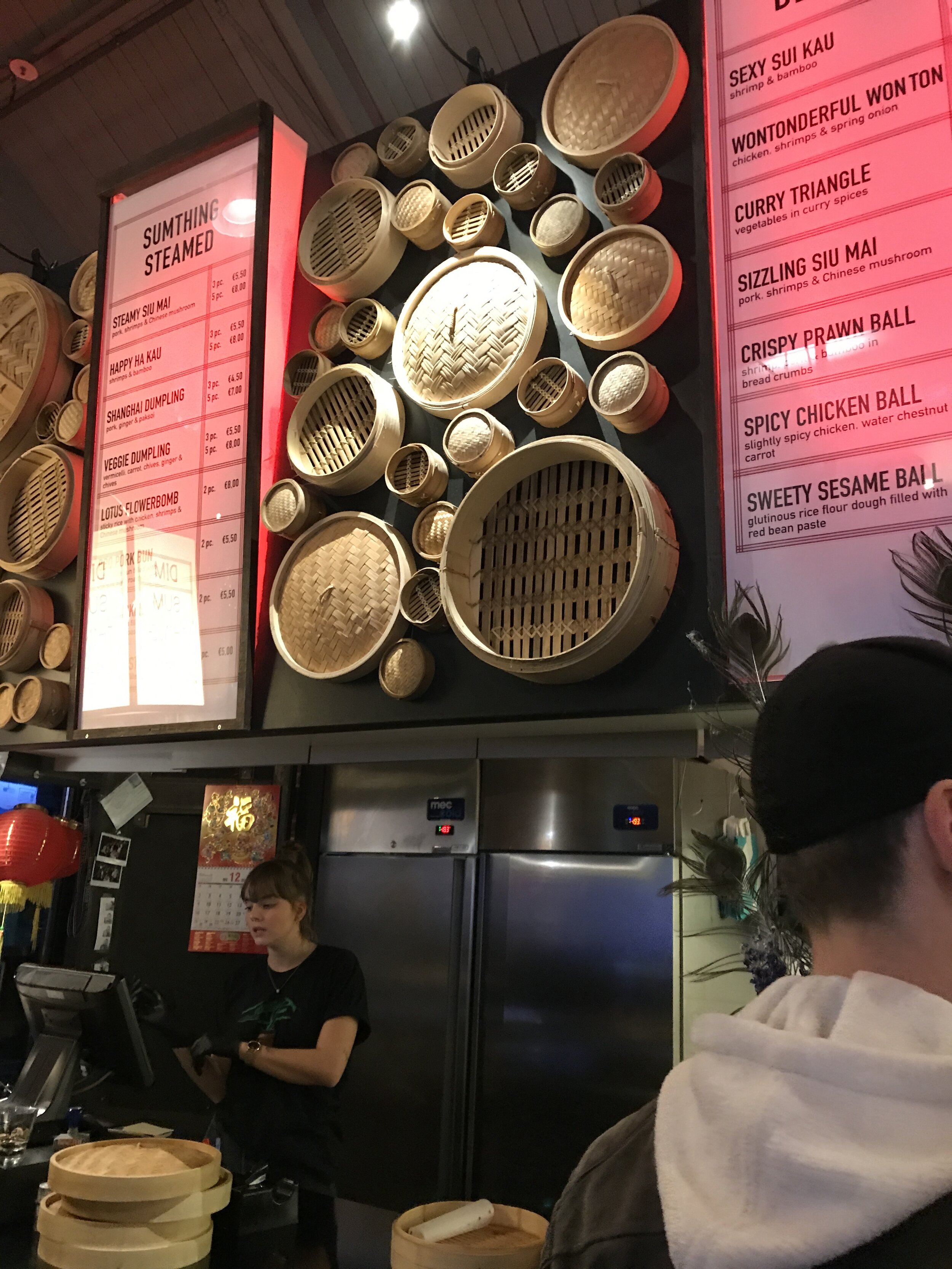
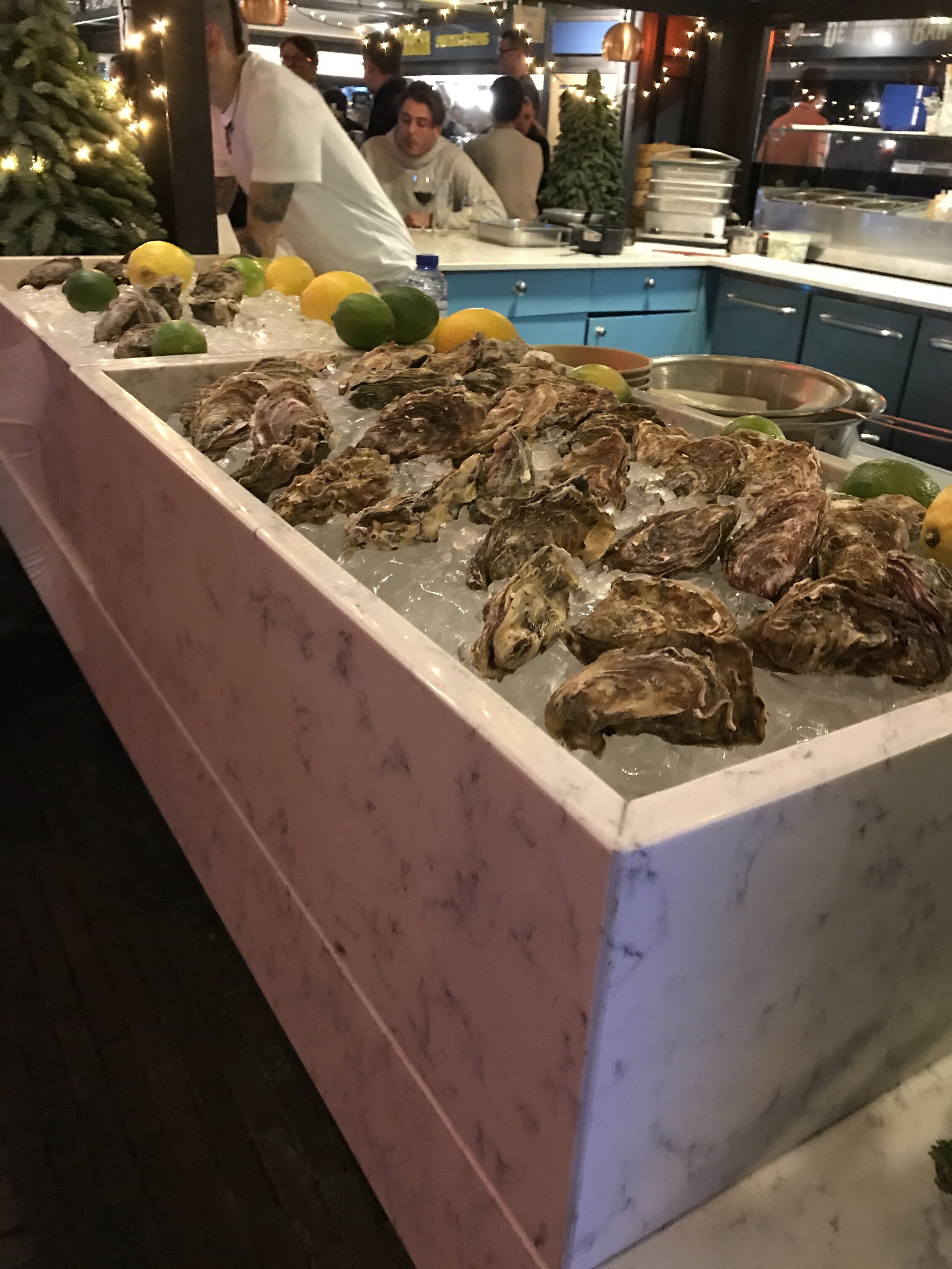
6. Explore Local Grocery Shops and Markets.
While trip planning, you're likely to find endless guidebooks, travel websites and blogs, along with personal recommendations telling you to visit local markets and food halls when abroad. In some cities, it can be considered an absolute must for tourists, especially with the growing number of gourmet food halls popping up (as noted above). And of course, the old market halls with local vendors selling fresh produce, baked goods, bread, cheese, and even wine, is always an inviting and great option. But while a visit to these long-standing and historical market halls are a wonderful way to sample fresh local flavours and products, just as the weekly outdoor farmers markets you'll often find in both big cities and small towns are recommended, there is something to be said for popping into some local grocery stores. Not only can you pick up some snacks for the hotel room, but it can be a culturally enlightening experience to see how foreign grocery stores are laid out and stocked, and a great way to discover traditional household brands and items. It's also a chance to discover new flavours amongst already beloved brands. And should you be visiting the US from nearly any other Western country, you may go into shock overload at all the different flavours one snack can have, such as Oreos and Pringles. Buying packaged snacks from a grocery store also can make for great souvenirs (for yourself or friends/family) - a way to bring back a taste of your trip at a reasonable price.
7. Go to a Live Show
Whether it's live music at the pub, a concert, a play or performance, comedy sketch show, you name it... seeing a live show can be a great way to fill your evenings and make lasting memories. As for what type of show, there is always something to be said for seeing a live performance that embraces local customs and cultural styles, such as classical concerts and opera in Italy or Austria, flamenco in Spain, fado in Portugal, Riverdance in Ireland, etc. However, if you're not looking for such a culturally specific performance, it can be nice just to look up what local artists have performances scheduled while you're there, allowing you to discover some new talent that you may just end up loving. Or perhaps find some bars/venues that have live music or stand-up comedy, allowing you to eat or drink with a show.
You should also consider looking up what concerts and artists are touring while you're in town, a way to see some of your favourite performers and make a lasting memory. Whether you're looking for specific artists or simply checking what tickets are available, you'll never forget the time you went to a concert in a foreign country and saw Beyonce, Metallica, Lewis Capaldi, Harry Styles, etc.
8. Escape the City with a Day Trip
A day trip may sound like an obvious suggestion but when immersed in a new city and culture, it can be easy to get overwhelmed by your surroundings and forget to venture further. Of course, some destinations and day trips may seem obvious and natural, such as visiting Versailles from Paris or going to Sintra from Lisbon, but often there is so much more one can see and do if they are willing (and have the time). Naturally if you’re only in a city for a couple of days, a day trip is a hard-sell, eating away from your precious time in your destination. But should you have enough time, escaping the city – or even the town you’ve chosen to visit – for destinations nearby can make your trip that much more worthwhile, giving you a fuller experience and taste of the culture.
There are many types of day trips, each offering a different value to your trip. Some destinations may provide you with a variety of day trip types (i.e. visiting a castle, going for a hike, lounging on the beach, etc.), while others admittedly may be more limiting, with your only reasonable escape from the city being a trip into nature or a nearby town. Still, day trips - whatever the type - usually prove to be a worthwhile experience and are definitely worth consideration.
Pictured above: Warner Bros. Studio - The Making of Harry Potter, outside London, UK.
9. Take a Day Trip … into Nature.
Whether you’d consider yourself an outdoorsy person or not, venturing away from the city into the natural wilds of another country can make for some stunning photos and lasting memories. Mountains, fields, lakes and oceans, there’s no end to the beautiful wiles of the outdoors and some countries are blessed with breathtaking scenery that simply will take your breath away. If you’re up for an adventure, perhaps plan an independent escape into nature or search out an organized activity/excursion that lets you get as adventurous as you’d like. It could be mountain climbing or hiking, strolling through caves, parasailing over oceans or kayaking through rivers, snorkelling, or biking through valleys and fields … the options are endless.

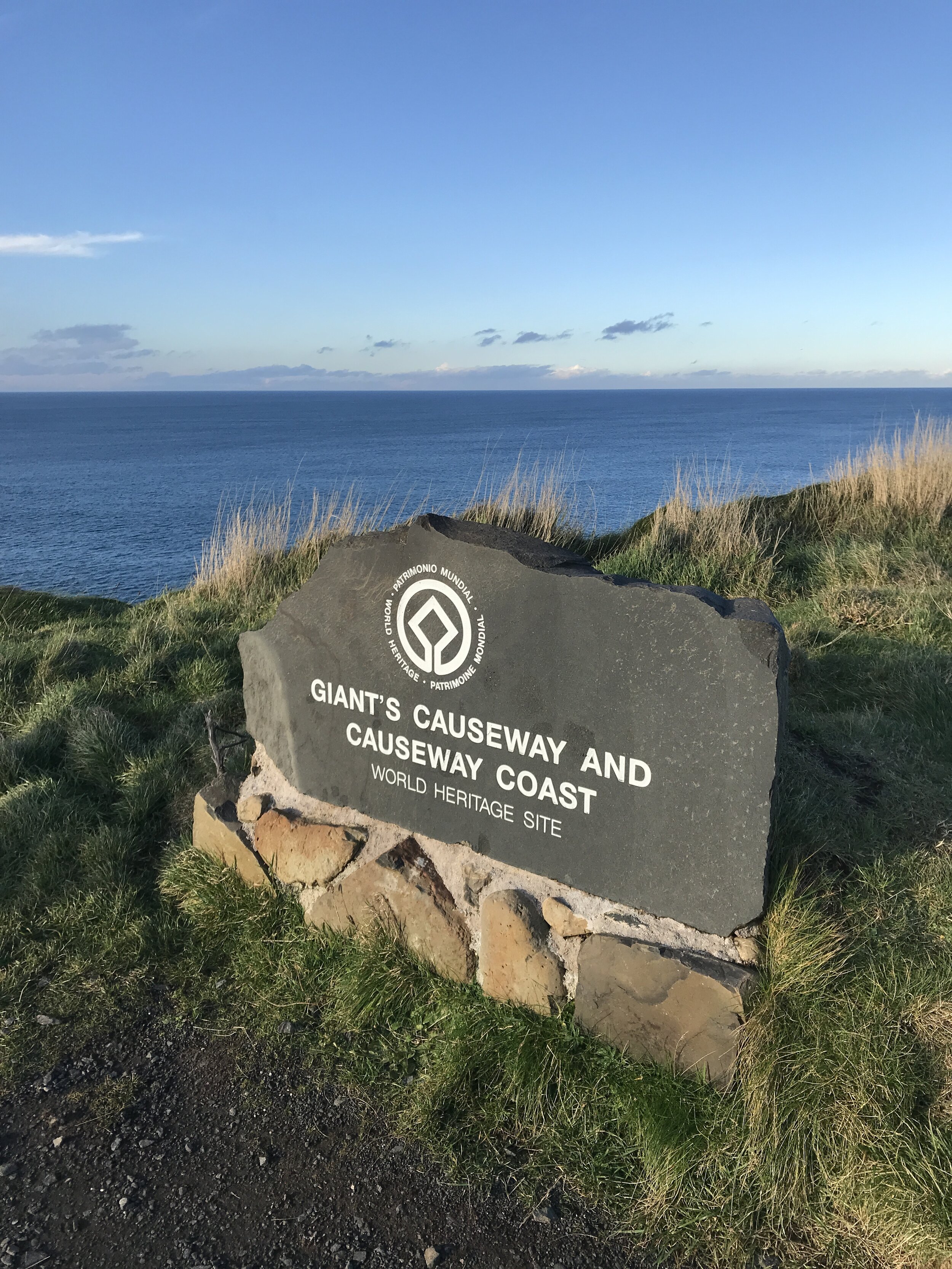
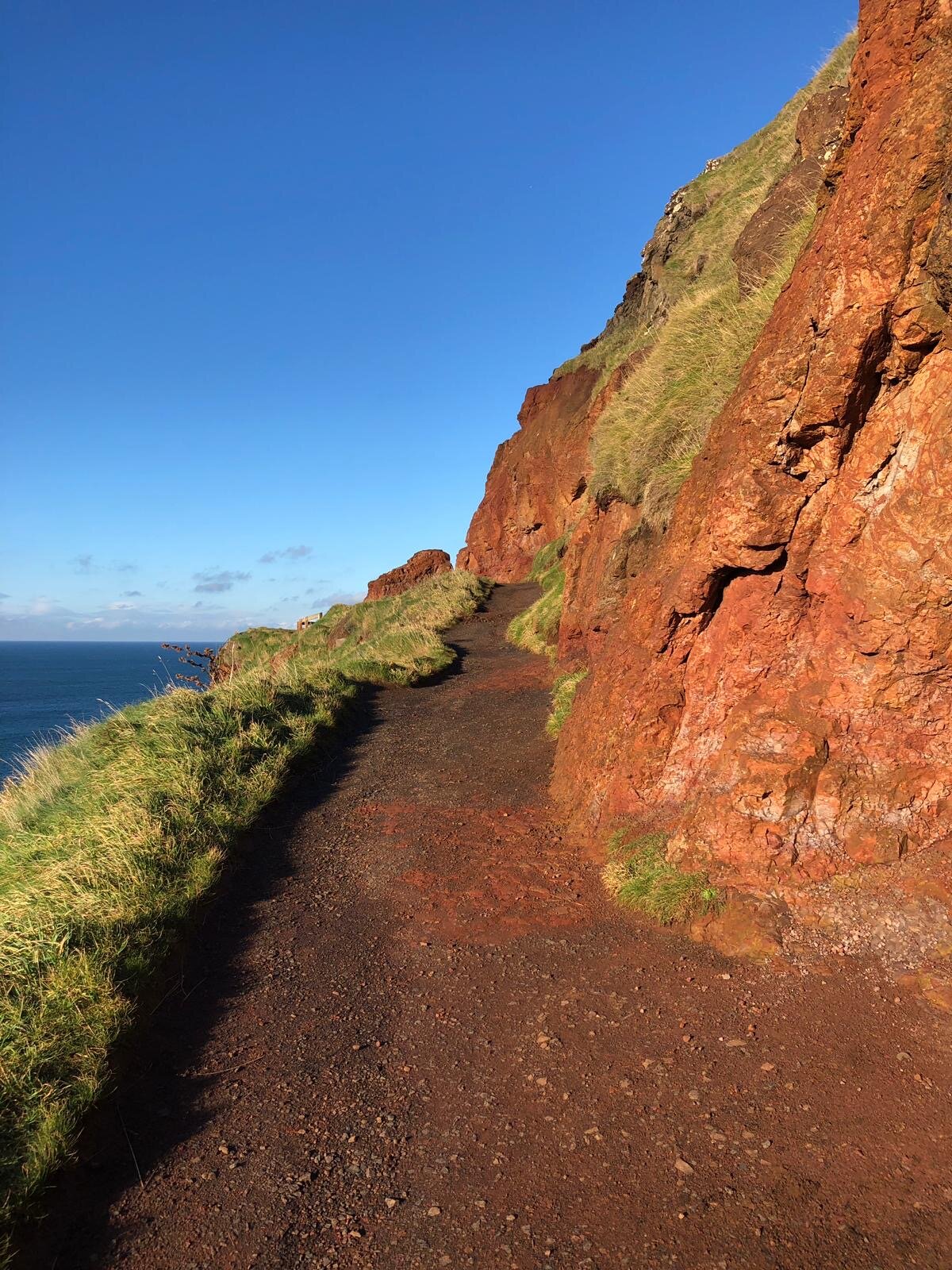



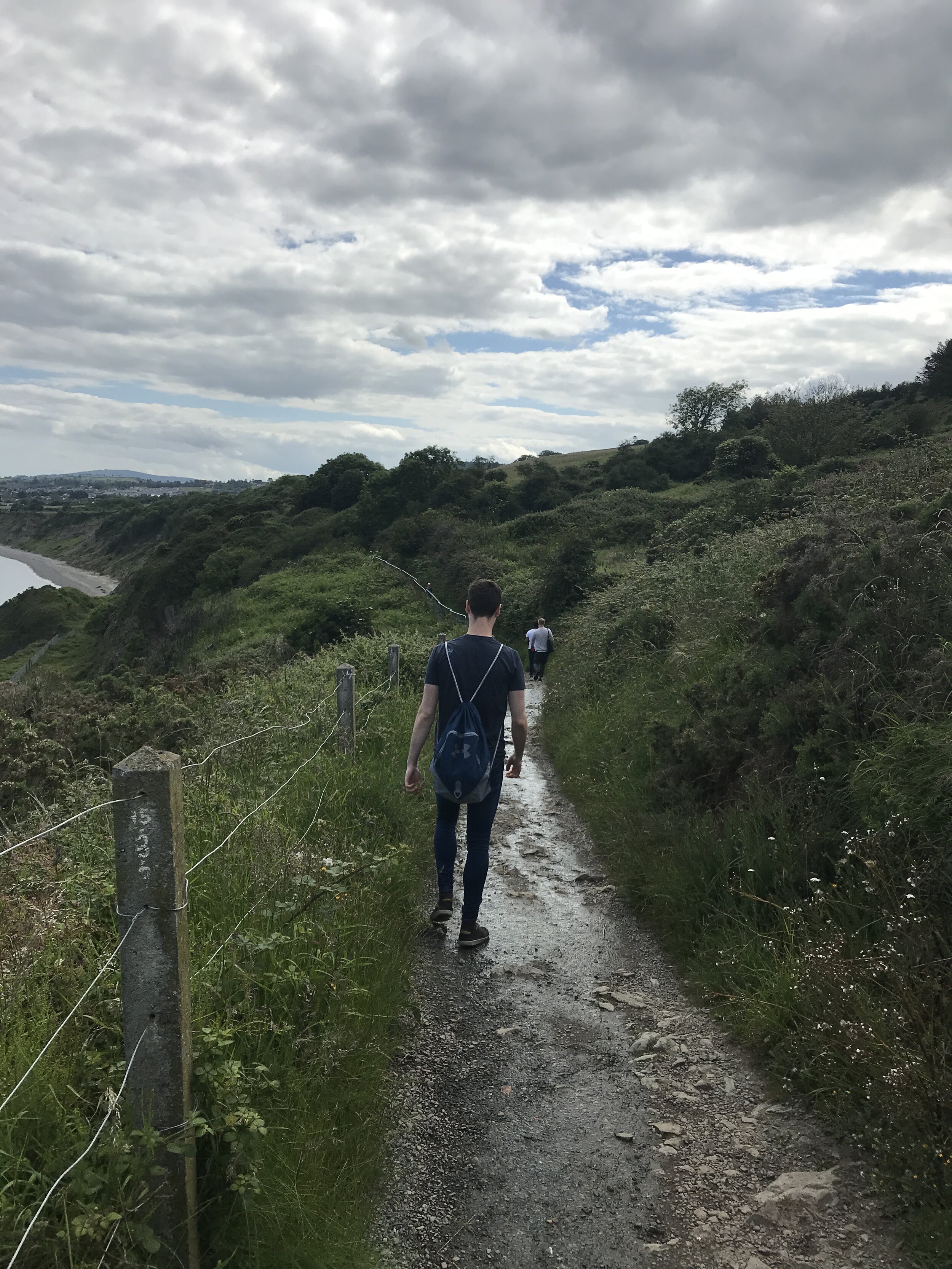
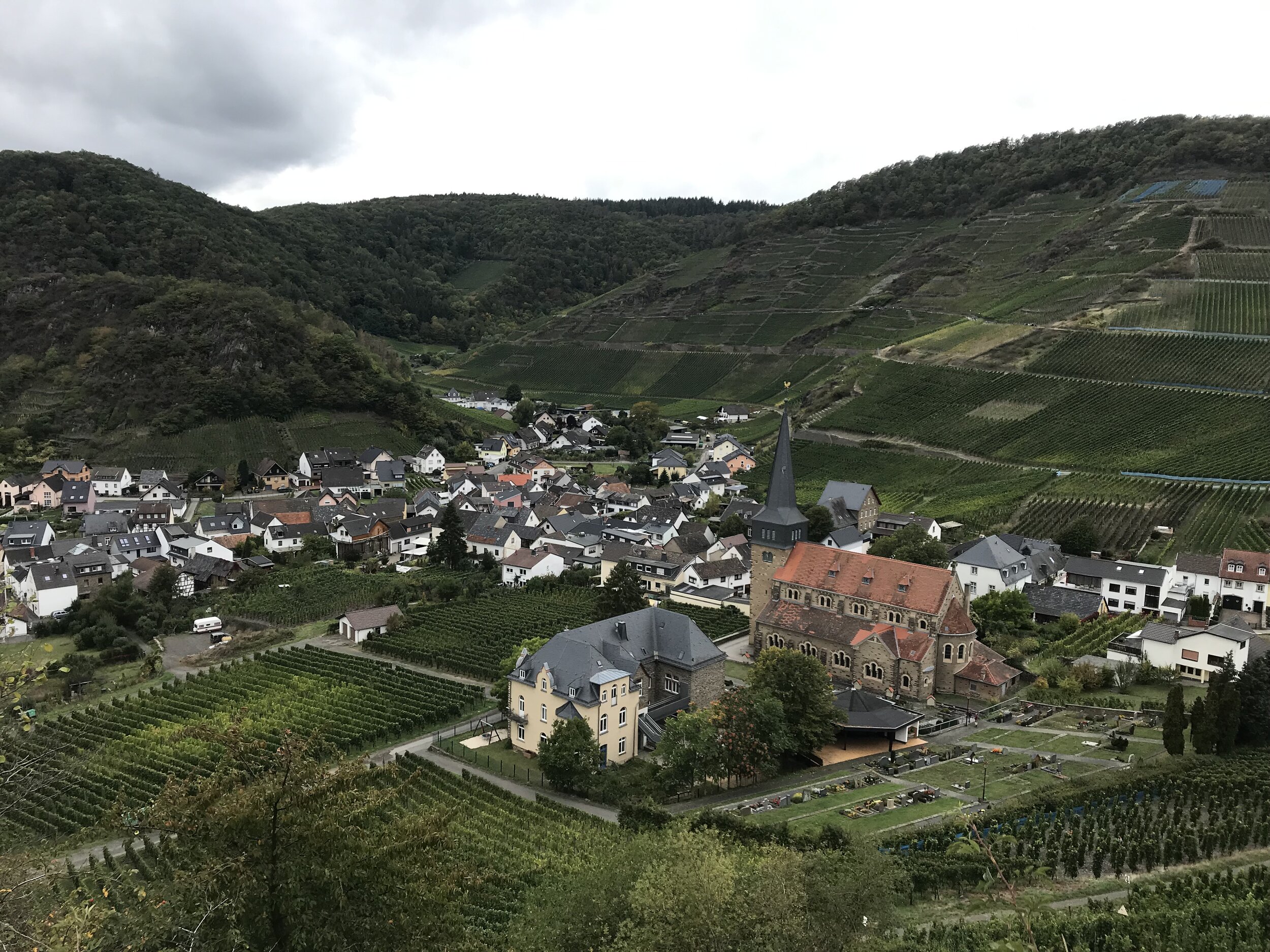
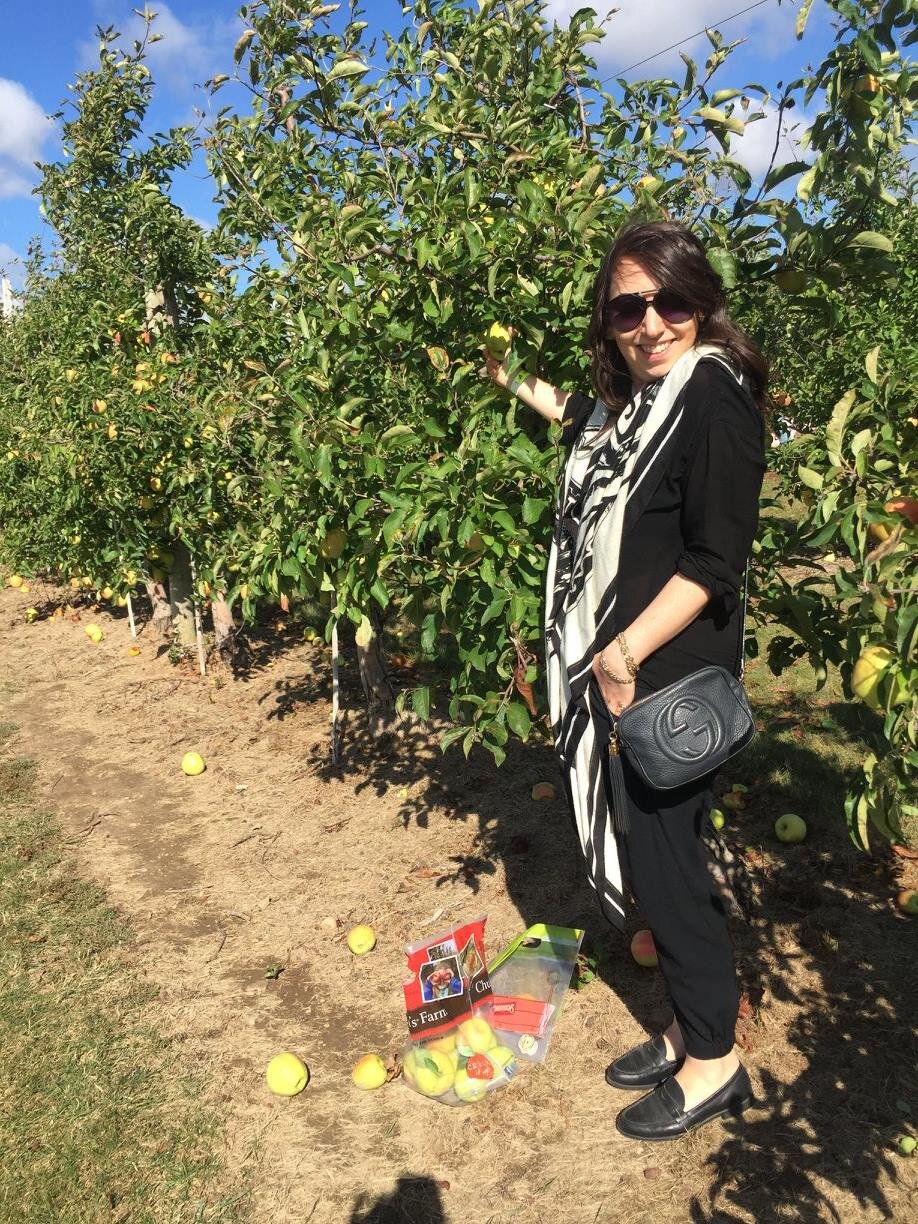
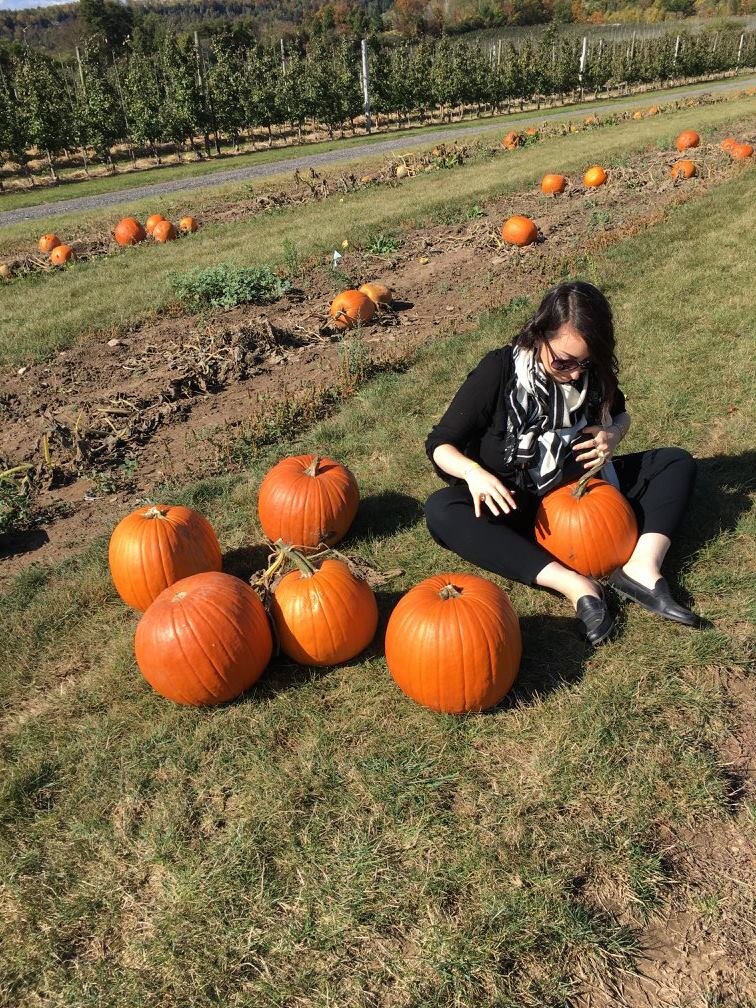
But should you simply want to take in the scenery without getting too muddy, you may be able to find tour groups that will take you into nature without overexerting yourself or going too far out of your comfort zone. In some destinations, you may simply be able to take a train or bus outside the city and find a path stroll that will allow you to immerse yourself in nature without getting too outdoorsy.
10. Take a Day Trip… to Local and Nearby Palaces, Castles, & Stately Homes
A lot of countries, especially countries in Europe, are abound with castles, palaces, and grand estates to visit - often just a short distance from the city. The level of preservation can vary, from old ruins to perfectly maintained, but regardless of the condition these grounds are often worth the visit, especially as most were owned by royalty and aristocracy, or at the very least a wealthy family. Learn about the history of these estates and the families that lived there, admire the interior designs and furniture, and enjoy a stroll through the gardens and grounds. Though some cities and towns will have castles and estates centrally located, many require going farther afield, often accessible by a train, bus or car.
You may feel that once you’ve seen one grand castle, you’ve seen them all, but unless you are actively disinterested in going to these estates, it’s worth visiting as many as you can. Of course, if you’re unsure where to begin or how to choose, lots of countries have national trusts and organizations that own and maintain these estates, with their websites providing information about how to visit and why you should go, including listing any seasonal events happening.
Beyond learning about the families that lived there, taking in the interiors, and just marvelling at the grandeur, you may enjoy spotting film locations from some of your favourite movies and TV shows. In the United Kingdom especially, you’ll find yourself recognizing both the interiors and exteriors from popular mini series and Hollywood films.
11. Take a Day Trip… to Local and Nearby Historical Sites
Though castles and grand estates count as historical sites, don’t limit yourself to these stately homes. Check out nearby battlefields, graveyards and burial sites, prisons, architectural feats, cathedrals and religious institutions, excavated cities, and centuries-old ruins. While many are world-famous, you’d be surprised how many have yet to become household names that are worth exploring, found with just a little Googling or guidebooks. Often a visit to one of these sites will provide you with unforgettable insight to a specific time in history or offer enlightenment to a different culture. Sometimes, these historical sites are just breathtaking to take it and explore, while others will move you to tears. Even those who don’t have an active interest in history will find an excursion from the city worth it for a visit to one of these types of sites. Of course, this all sounds very vague, as there is no one specific classification for a ‘historical site’. Still, no matter how lively and modern your destination is, taking a moment to escape to a prominent place in history is well worth it. Some examples of popular historical day trips include: visiting the beaches of Normandy in France, taking in the skeletal remains at Sedlec Ossuary in Kutná Hora near Prague, visiting Auschwitz Concentration Camp and Wieliczka Salt Mine near Krakow, marvelling at Stonehenge near London, a trip to the excavated cities of Pompeii or Ephesus, explore Aztec ruins and Pyramids near Mexico City, visit the Rinnoji temple and admire the Toshogu Shrine in Nikko, which is a two-hour train ride from Tokyo, or explore Nazareth and Haifa from Tel Aviv.
The options are endless, with the aforementioned examples being some of the most famous (for good reason). So should you have the time, make sure to check out some prominent and important nearby historical sites outside the city. And while some bring in lots of crowds (again, the example above are popular tourist options), there are many that are much quieter yet equally worth the visit.
12. Take a Day Trip to … Surrounding Small Towns and Nearby Cities.
Timing allowed, it’s always a great idea to escape the city and explore nearby towns, villages, and even other cities. While you may have chosen your particular destination for a reason, you can get a real flavour for the culture by exploring the towns surrounding it, often at a slower and more peaceful pace. Further, you never know when you’ll be able to visit the country again, so seeing as much of it as you can in one trip is highly recommended. Of course, some countries are too spread out, so options might be limited, but you’d be surprised how charming their local towns can be, even if you’d never heard of them before. In fact, sometimes the small towns are even lovelier than the big city.
Some destinations may require a real full day, while others are a great escape for a few hours - just long enough to explore the town centre, try some local cuisine, and pop into a few shops or museums. You may also find that some smaller nearby towns have some very exciting festivals, often more unique than what the city itself will offer. For instance, just under two hours from Toronto, Canada, you’ll find Stratford, famous for it’s summer play festival. Outside Nice, France, you can visit Eze and Villefranche-sur-Mer for a lovely meal along the coast, giving you a less busy but equally delightful experience in the Cote d’Azur. Or you can visit Menton, home to the famous lemon festival and only 30 minutes away from Nice. Outside Prague, you can enjoy the charming spa city of Karlovy Vary, where you’ll find hot springs and spas, imposing architecture, historical villas and museums, and a renowned annual international film festival. If you’re in London or Paris, you may even want to venture across the channel with the Eurostar, just so you can take in the other city for a day.
13. Visit a Local Warehouse or Manufacturer
Whether you’re looking to snag some crystal or ceramic pieces straight from the factory at a reduced price or simply curious about production, visiting local factories and manufacturers can be a unique and memorable addition to your trip. Not only does it allow you to learn about the production process, often through guided tours and/or displays and presentations, it will often provide some cultural and historical insights – from the history of the brand to the significance of its production in the community.
While ceramic and crystal factories tend to be more commonplace and easier to find, you’d be surprised at the diversity in manufacturers you can visit and enjoy. Chocolate and candy factories, cheese producers, carpet weavers and manufacturers, leather warehouses and distributors, etc. etc. etc. – the list goes on! A quick Google search can usually tell you what the city, region, and/or country is known for, from types of products to reputable brands. You can then search for factories to visit, with many of the large and historical ones prepared for visitors.
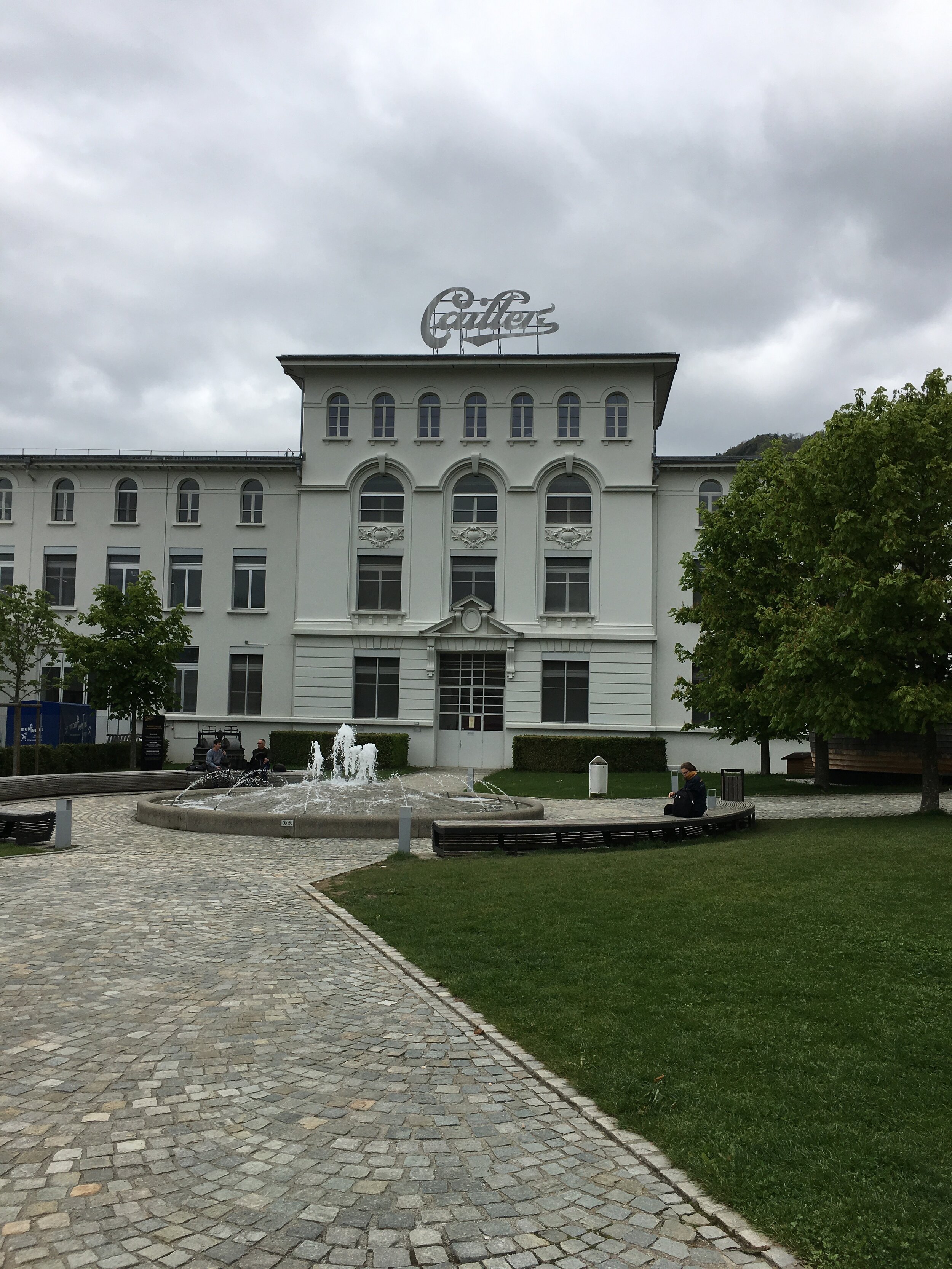
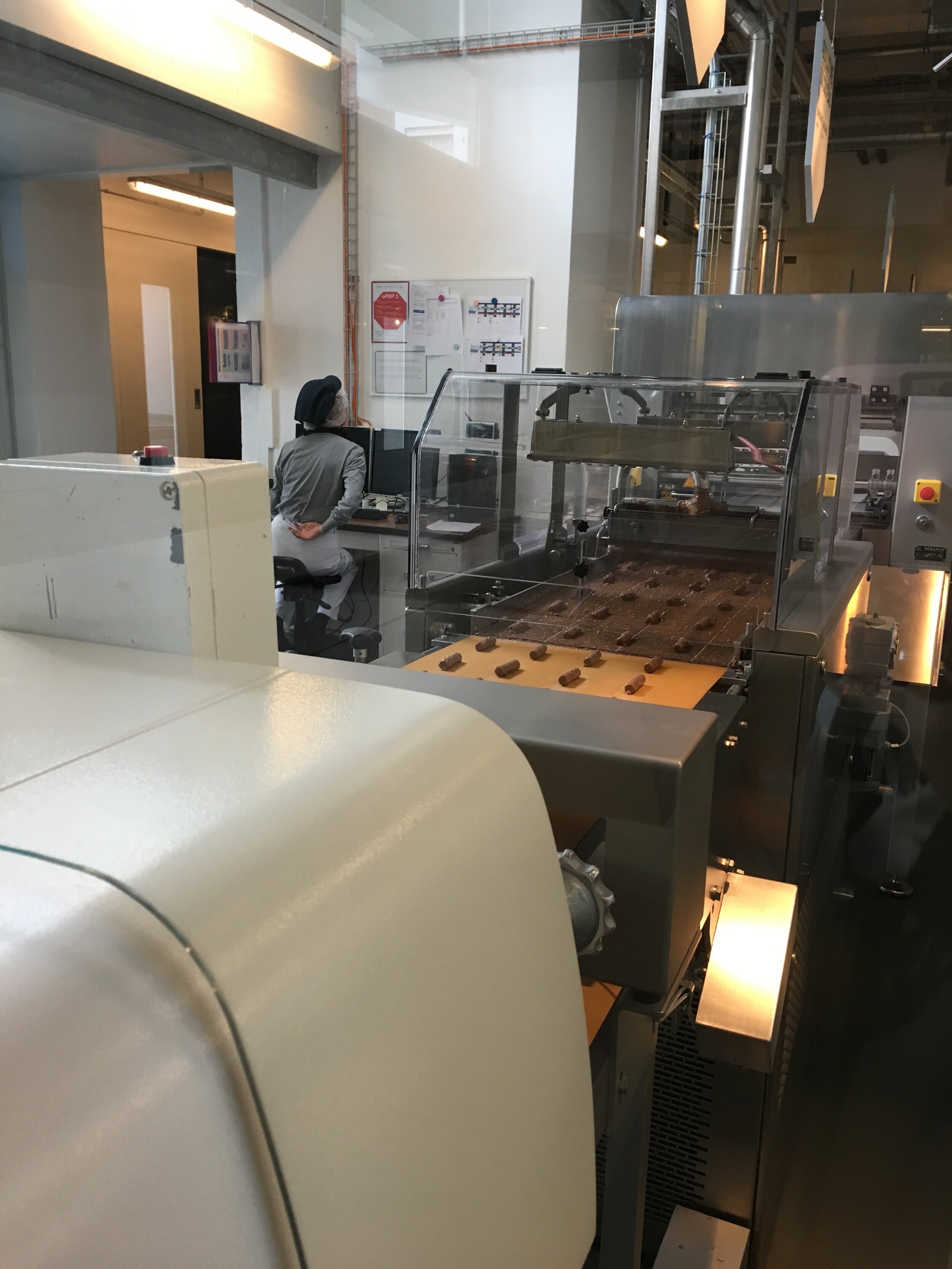
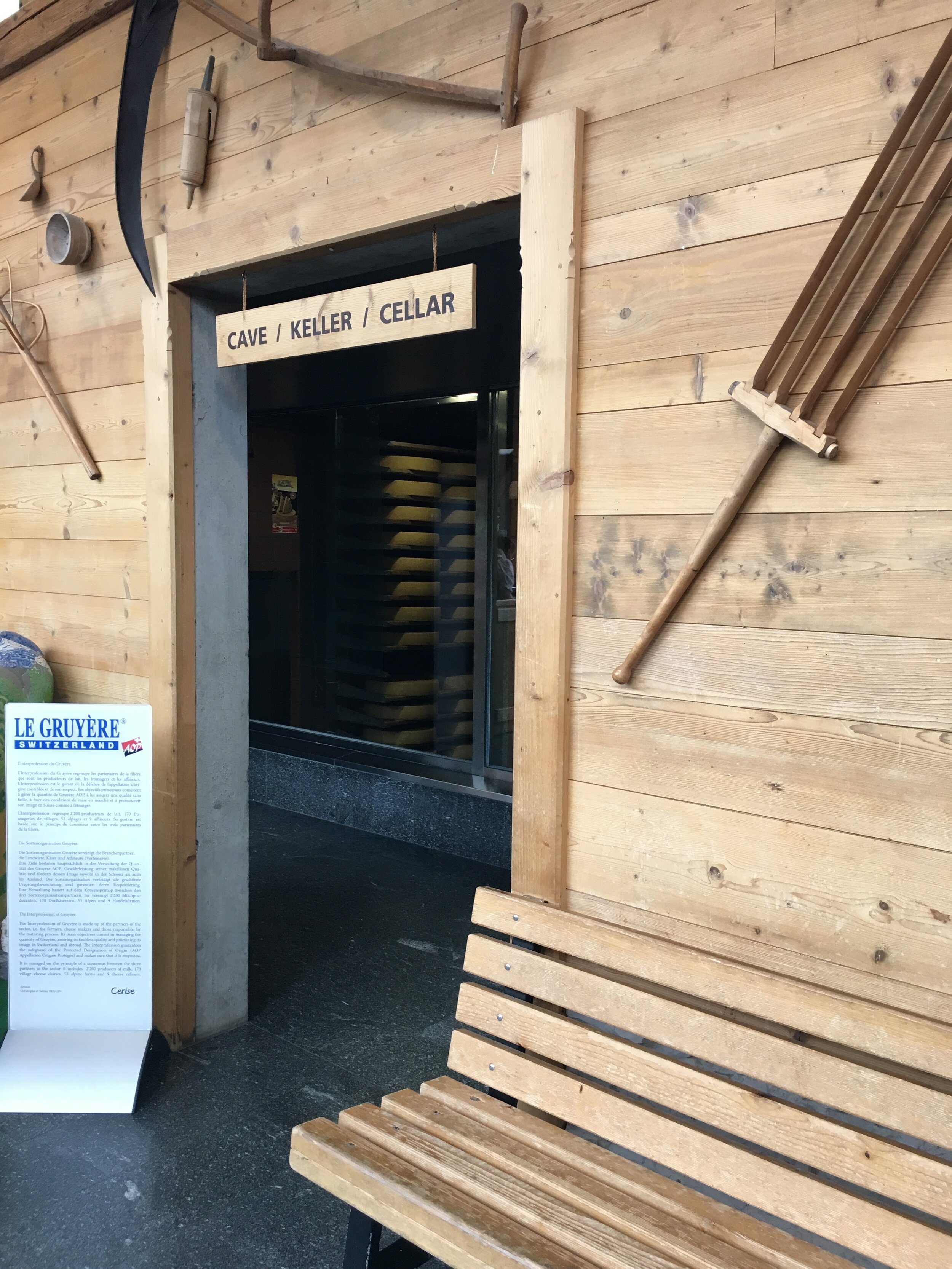

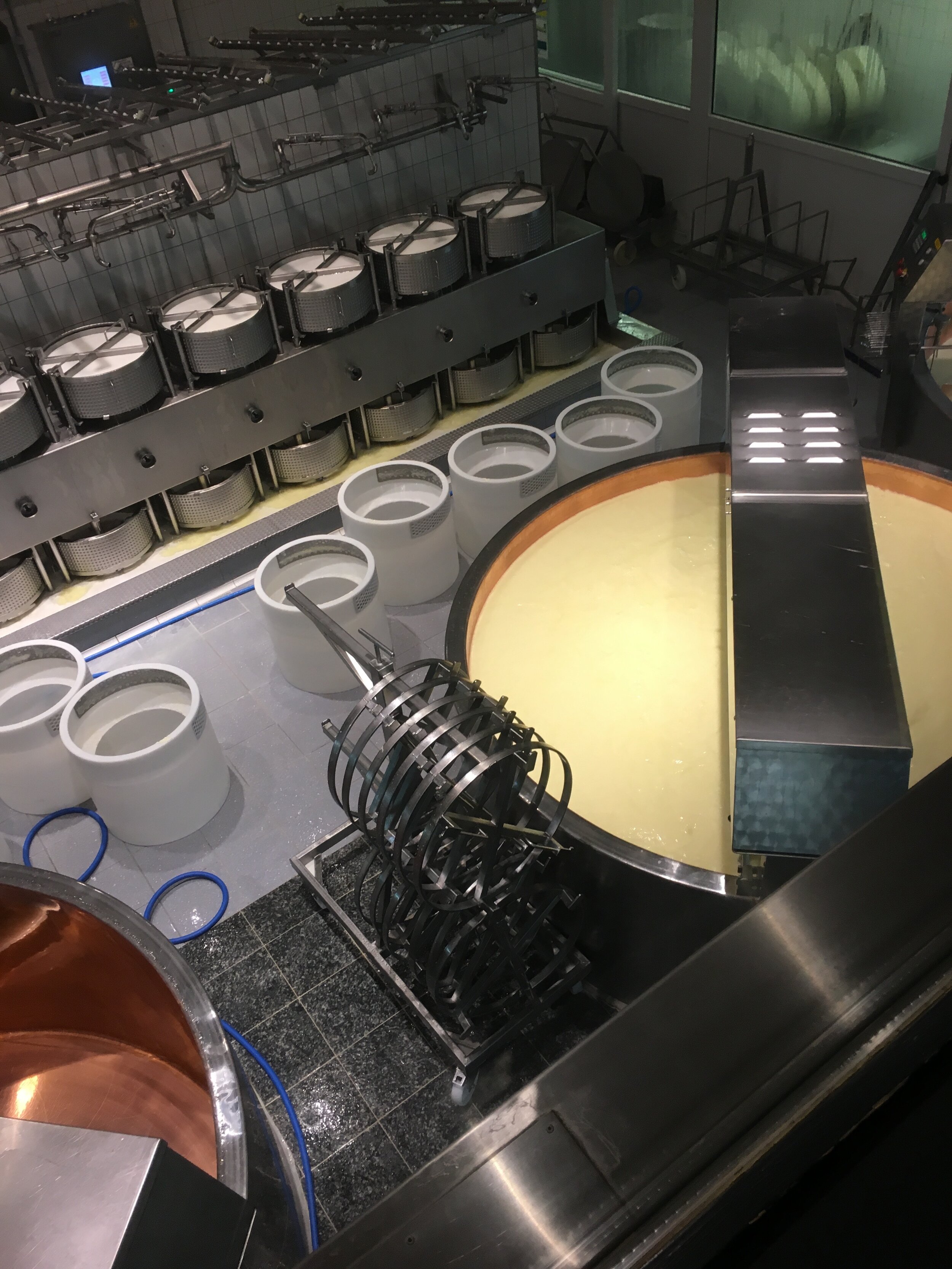



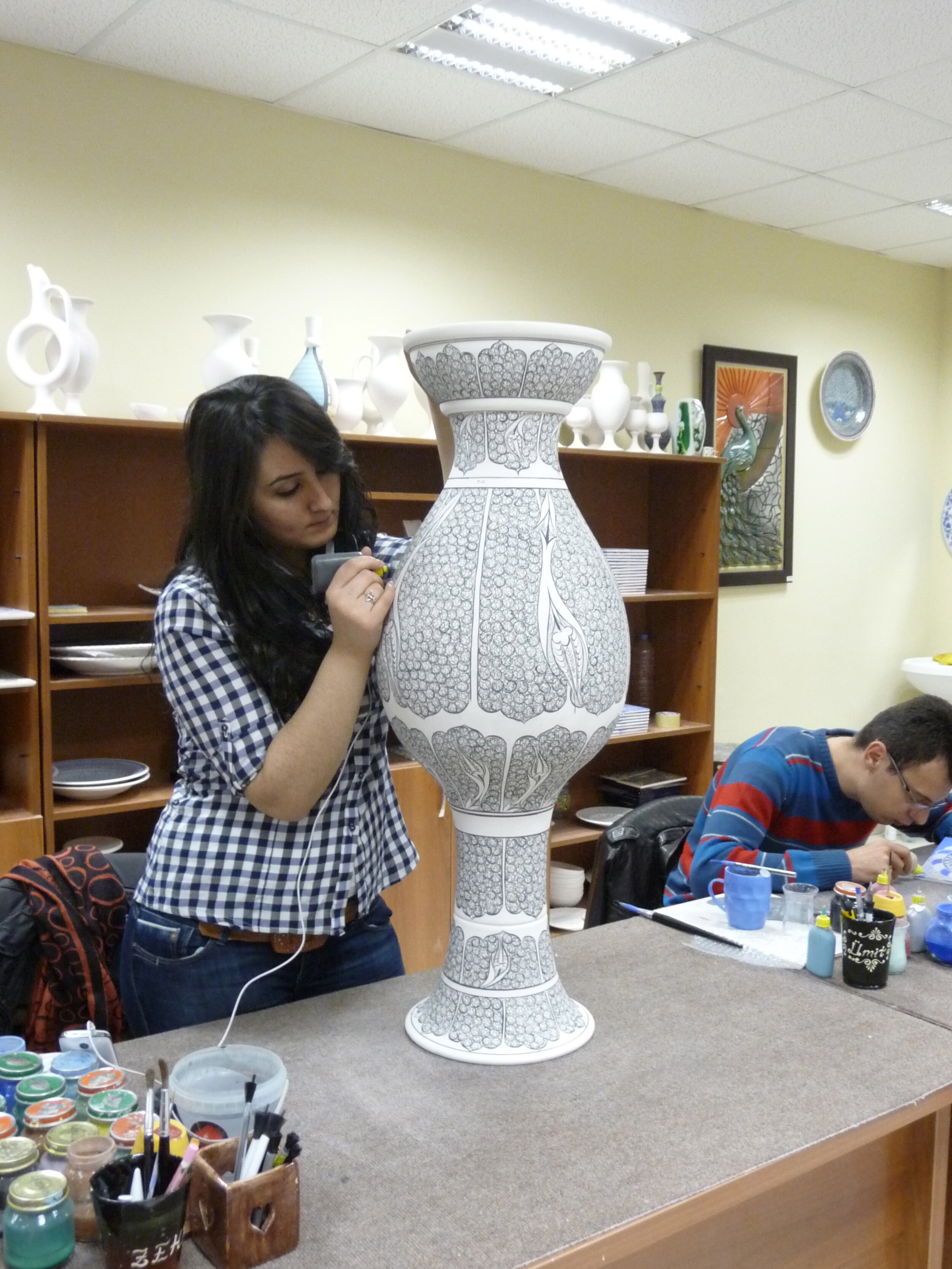

Some ideas and options include: Emma Bridgewater pottery in the UK, Delft porcelain factory in Holland, the Meissen porcelain factory in German, La Maison de Gruyère (cheese) and the Maison Cailler (chocolate) factories in Switzerland, Faïncerie de Gien ceramic factory in France or the Fragonard fragrance factory, a silk carpet manufacturer in Cappadocia Turkey, the Kikkoman Soy Sauce Museum and Factory in Japan, Puli Paper Factory in Taiwan, the Halpewatte Tea Factory in Sri Lanka, or the Steinway & Sons Piano Factory Tour in Brooklyn, New York, USA.
14. Visit Local Breweries and Vineyards
Just like sampling local foods is highly recommended when travelling, so is tasting the local drinks. From famous distilleries to micro-breweries, it’s become common to find tours available where visitors can sample a range of products and learn about the brewing process. Some even have bars where you can pull up a seat and enjoy a tasting flight before ordering rounds of your favourites. In some cases, the brewery visit may be designed for tourists, with interactive tours and displays, in addition to multiple tours an hour (i.e. Guinness Storehouse or Jameson Bow Street Experience in Dublin). Others may require reaching out in advance to schedule a private tour. The same can be said for whiskey distilleries and spirit manufacturers; you’ll find some designed for engaging tourists with others happy to open the doors for a tour but with a less established plan.
As for vineyards, they may require a trip outside the city/town into the fields, with others easily located in cities or suburbs. While France and Italy are known for their wine regions (though really, you can find great vineyards throughout the whole of these countries), many other countries have their own wine production with unique aromas and flavours, but their bottles often unavailable internationally. So don’t limit your vineyard tours to obvious wine regions like Napa Valley in California, France, Italy, South Africa, etc., and take the time to discover something unique in a different country. For instance, Portugal is home to some excellent wine, making a trip to some wineries a great idea. Greece, Croatia, Hungary, Georgia, Luxembourg also have some delicious wine regions within Europe, as does Japan with its koshu grape, Israel, Canada, New Zealand, Tasmania, Brazil, Morocco, Cape Verde and Tunisia.

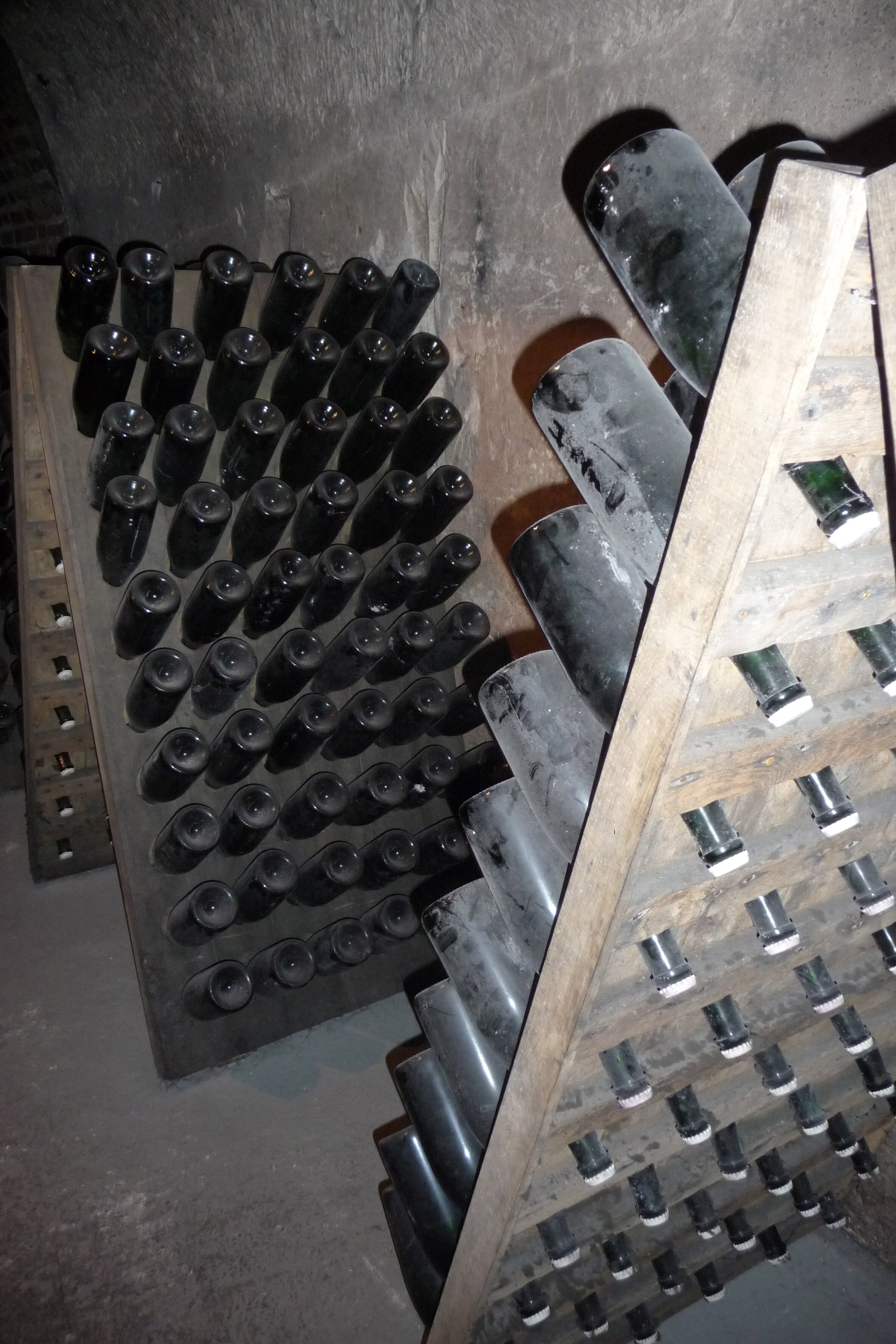
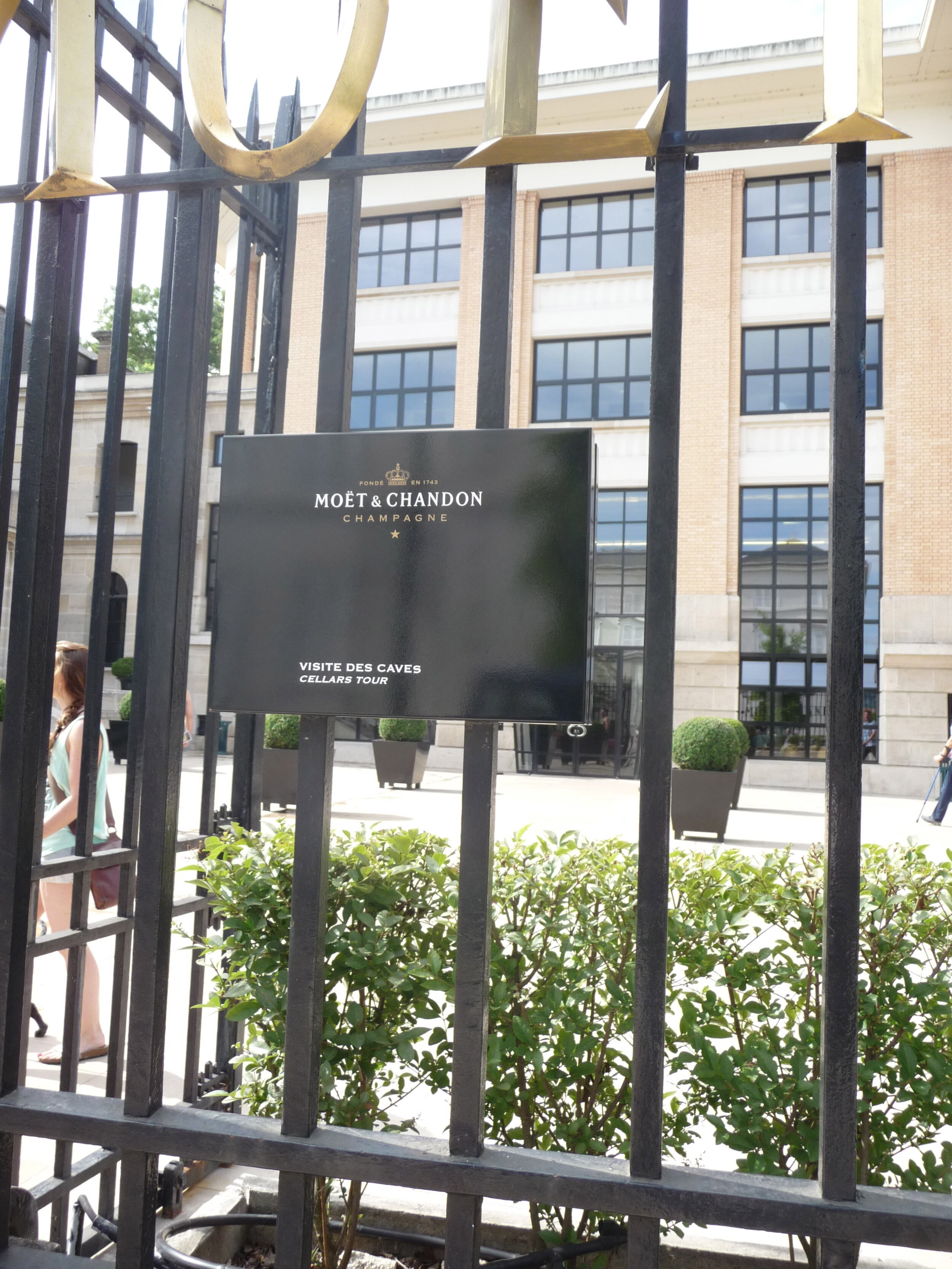
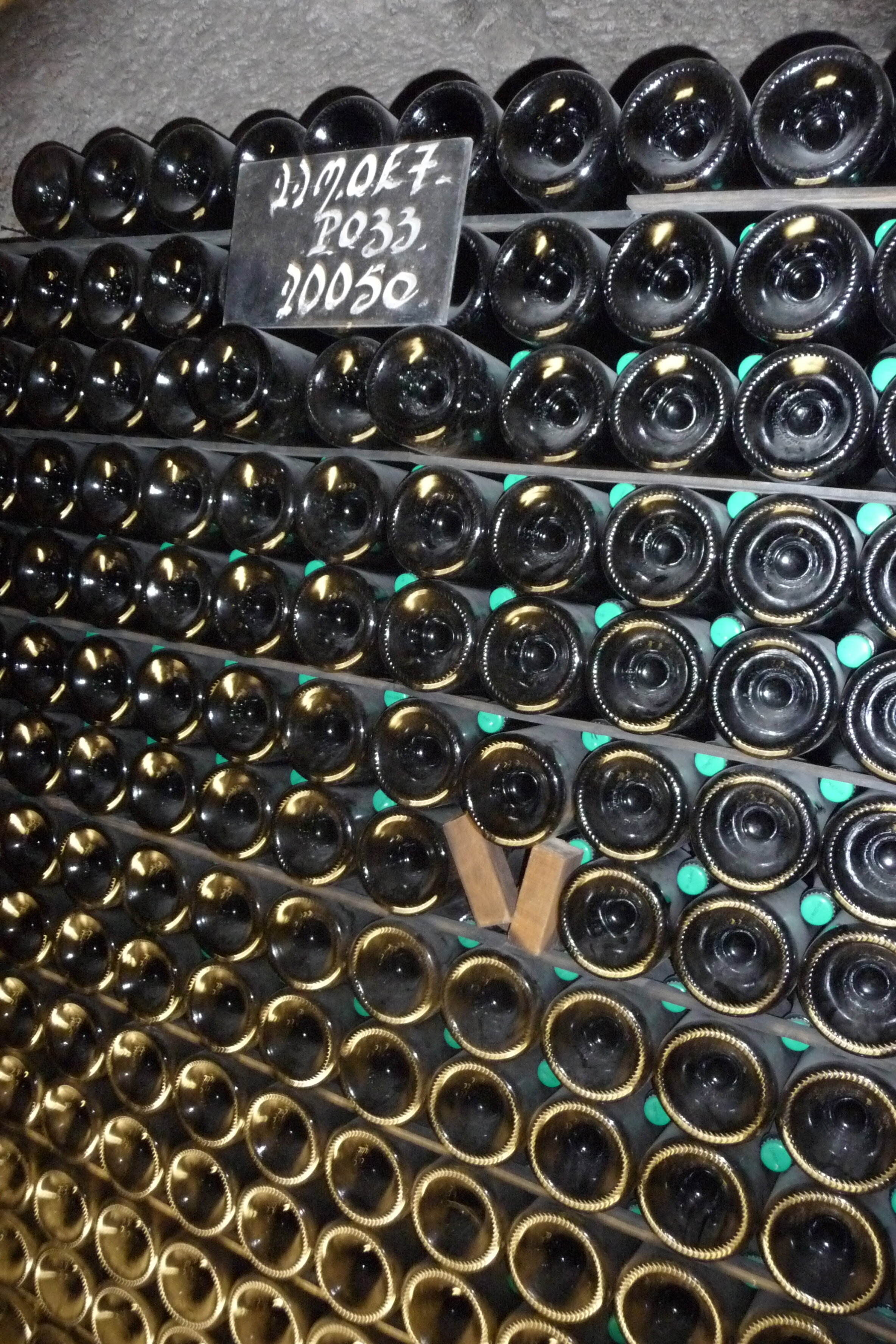


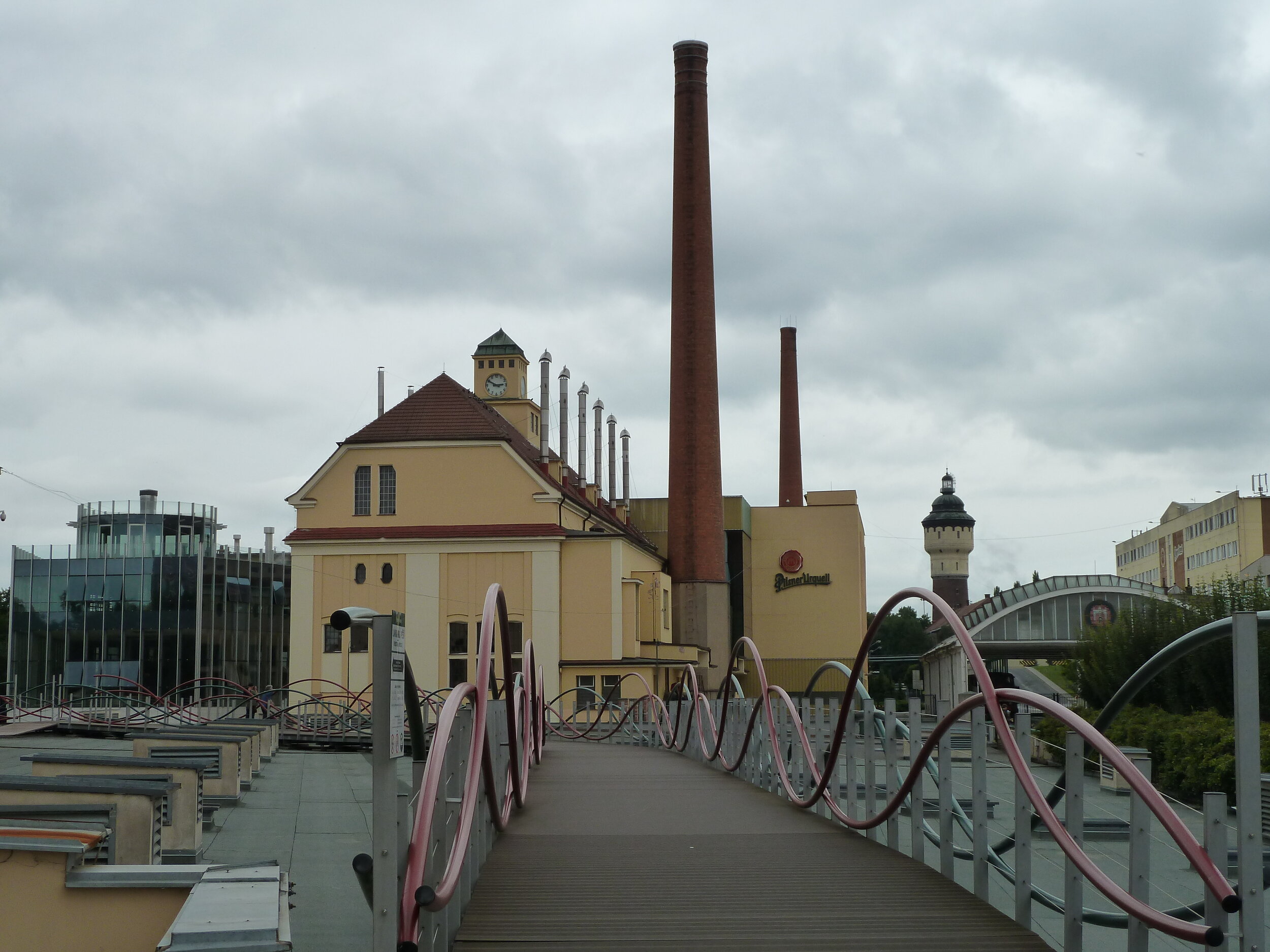
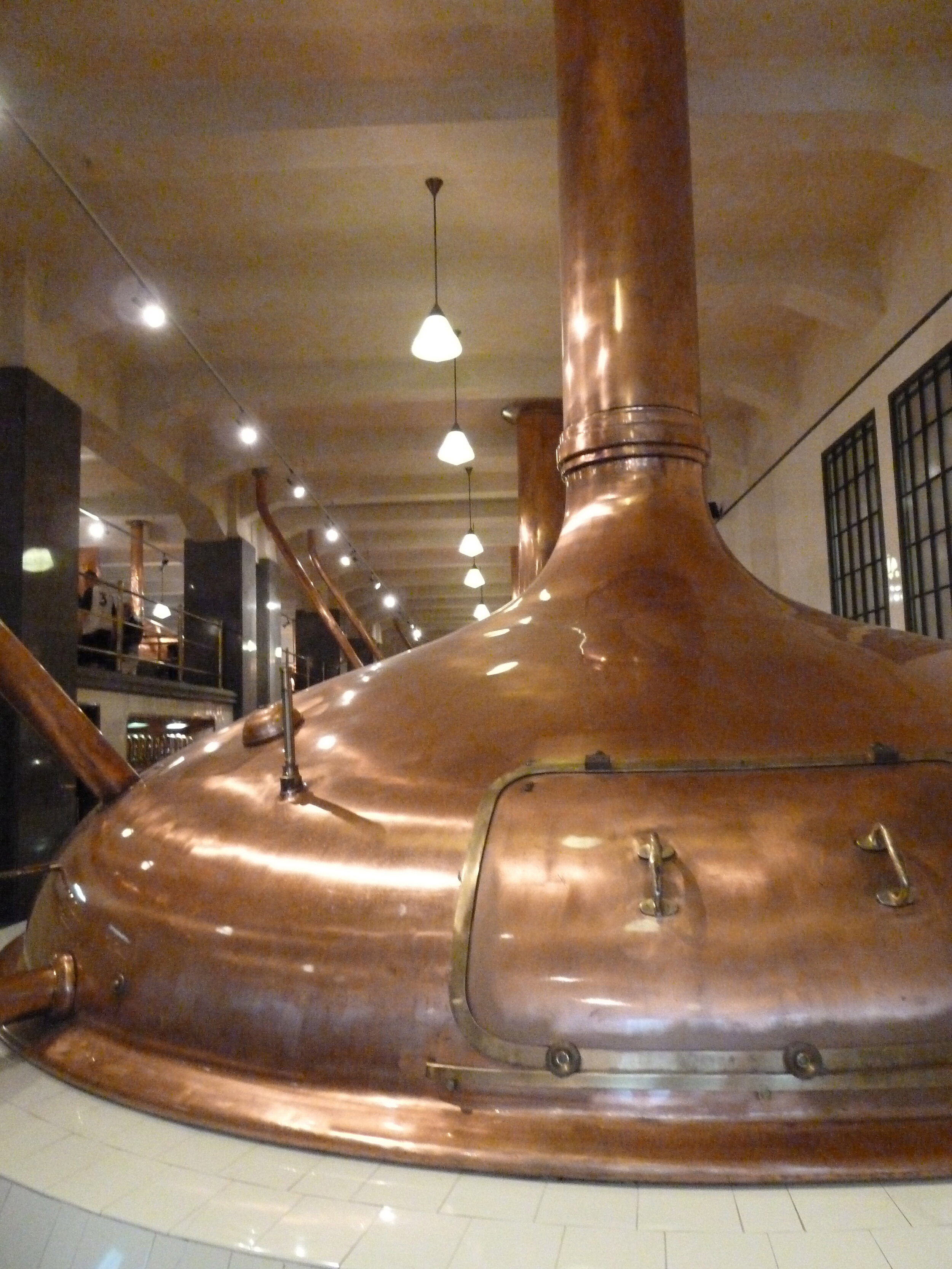
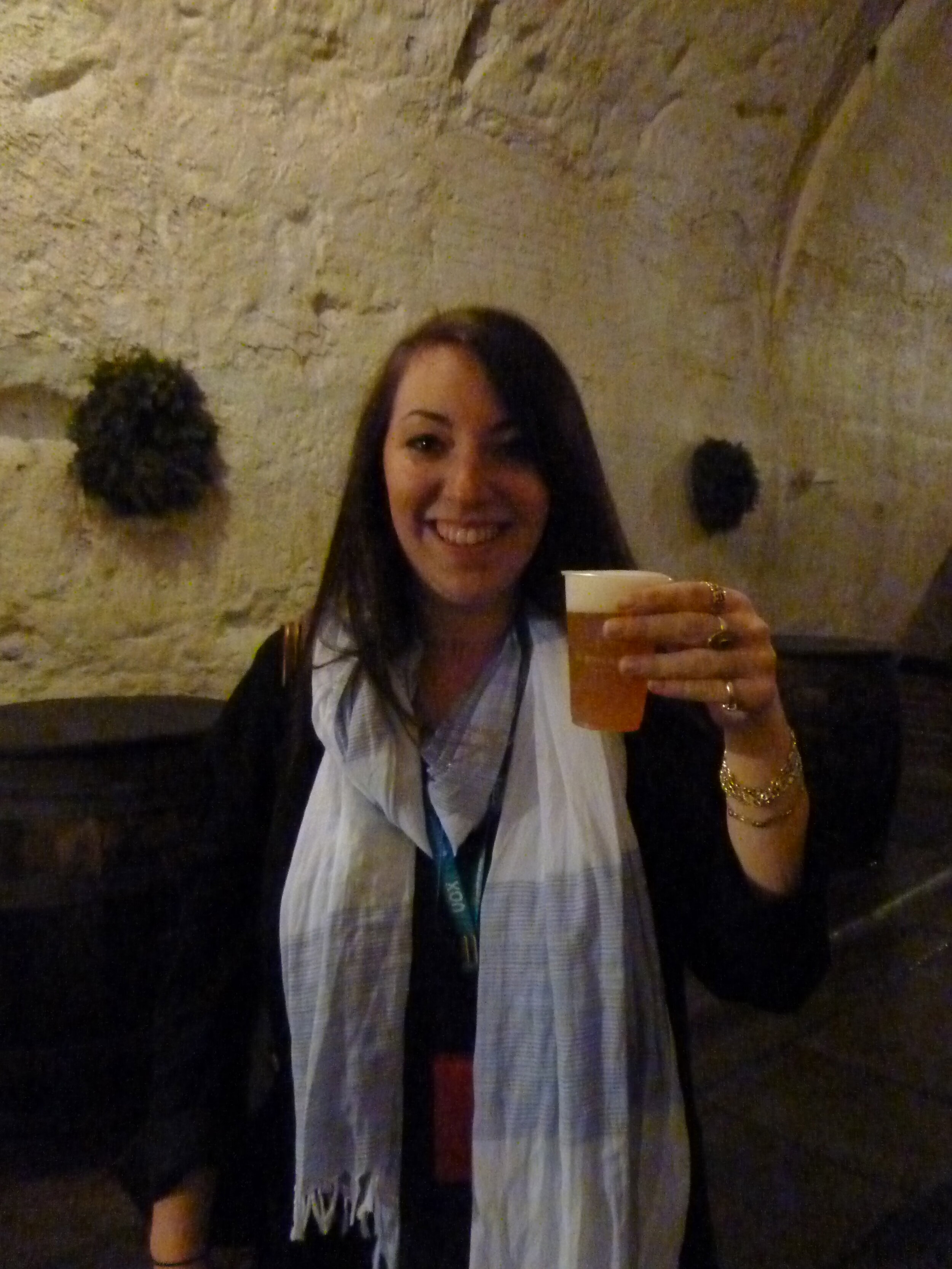
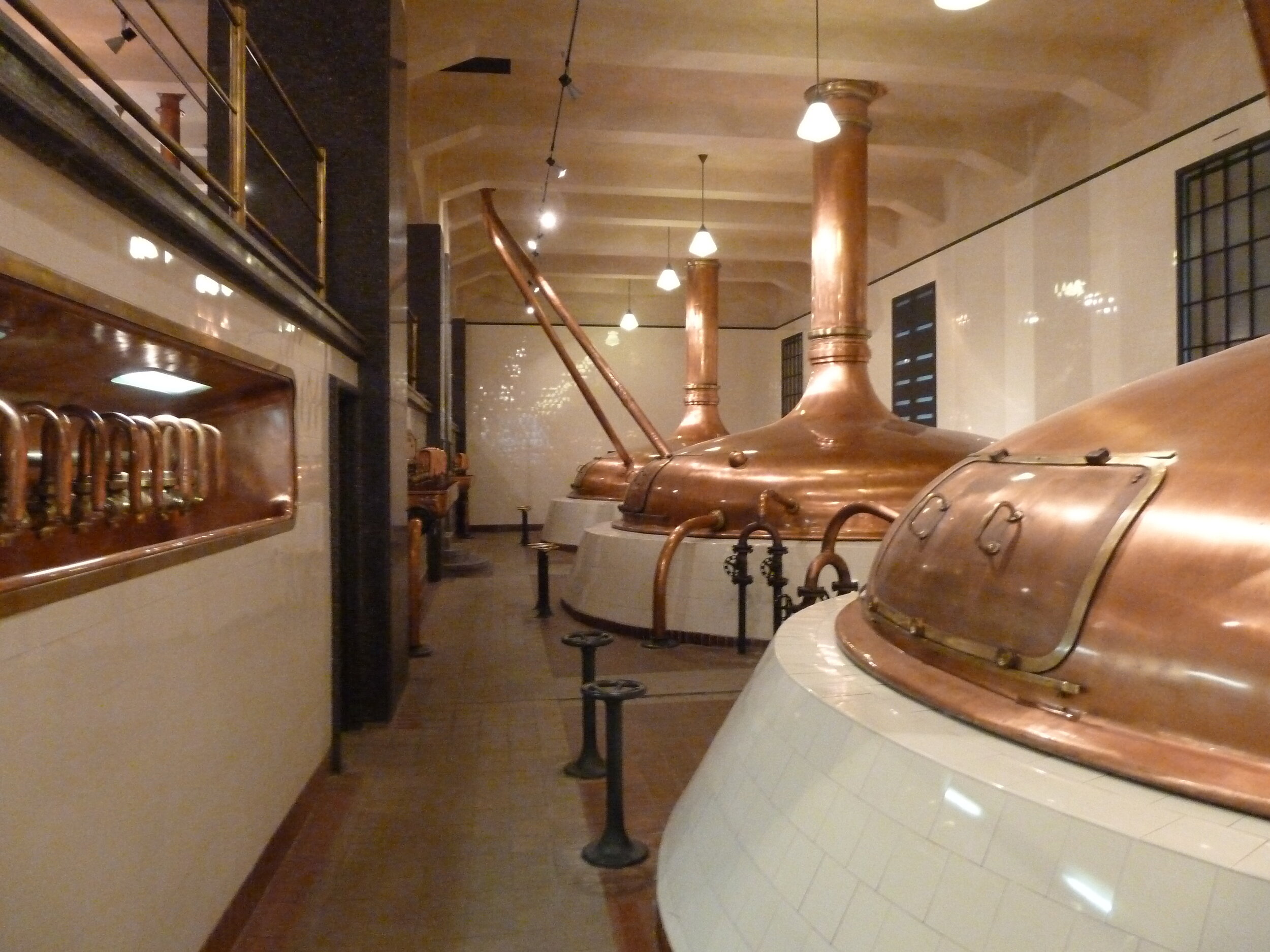
15. Enjoy Local Events and Festivals
When travelling, some of the most exciting and lively memories will come from experiencing local events, festivals, and holidays. Whether they are traditional celebrations, honouring a city or country’s culture and customs, or more modern annual celebrations of the arts, you’ll find the energy level heightened while the city you're visiting, or the towns nearby, go all out. And there is quite the variety of these types of cultural events to experience, from celebrating a country’s national birthday or civic holidays, to extravagant religious holidays and annual festivals and events that honour different cultures and areas of the arts. Think music festivals, from Glastonbury to classical music. Film festivals, whether you have tickets to see anything or not. Annual sporting events that take over, like the Grand Prix and Le Mans auto race or Wimbledon and the Tour de France.
Some popular bucket list festivals and events to consider include: St. Patrick’s Day in Dublin, Hogmanay in Scotland, Oktoberfest in Munich, Carnival in Venice or Rio de Janeiro, Mardi Gras in New Orleans, the Festival of Lights in Thailand, La Tomatina in Valencia, Spain, the Shibazakura flower festival at the base of Mt. Fuji in Japan, King’s Day in Amsterdam, the Christmas Markets in Europe (specifically German and Alsace, France), the Toronto International Film Festival and the Calgary Stampede in Canada, the Chelsea Flower Show in London, the Edinburgh Fringe Festival in Scotland, and Holi in India.
Some other amazing examples, that perhaps have yet to make it onto the bucket list but still draw in large crowds, include: Vinitaly wine festival in Verona, the Scandinavian Christmas Markets, Zagreb International Folklore Festival in Croatia, the Czech Beer Festival and Prague Food Festival in Prague, Czech Republic, Bite Food Fest in Copenhagen, Jorvik Viking Festival in York, England, the Menton Lemon festival in France, Caribana in Toronto, Wine Harvest Festival(s) in Germany, Montreux Jazz Festival in Switzerland, La Candelaria in Spain, Purim in Tel Aviv, Israel, Up Helly Aa in the Shetland Islands of Scotland, the Ice & Snow Festival in China, Carnival in Trinidad and Tobago, the Naadam Festival in Mongolia, and Gion Matsuri in Kyoto, Japan.
Of course, there are countless more worth experiencing, including many small and very local festivals and/or holidays, so when choosing your destination and when to go, make looking up locals and nearby events, festivals and holidays part of your trip planning. Pro tip: this may also mean hotels and Airbnbs are more expensive, a noteworthy consideration when trip planning. So should you book your holidays to include some of these celebrations, make sure to factor that into your budgeting. Perhaps stay in a town/city nearby, and make a day trip of the celebrations, so you aren’t paying the full price for accommodation. It’s also worth checking if there are any closures for these holidays or events, as some can shutter doors in a country. For instance, Easter in Europe will have some tourist sites and attractions closed for days.
16. Find a true local neighbourhood to explore
If you’re really looking to explore a new culture and get a taste of the spirit of a city, explore local neighbourhoods. That may sound easy and obvious, but actually often requires taking a little effort and research or an openness to simply wandering without destination. When travel guides and magazines give tips and suggestions for a city, they often list neighbourhoods to visit and explore. However, those neighbourhoods tend to range from central and popular (for tourists and locals), to trendy local neighbourhoods or the hip and upcoming. Rarely do you find a travel guide that will encourage tourists to explore a neighbourhood that is undoubtedly local with little to offer tourists, such as museums, amazing shopping, endless cafes and restaurants, etc.
So why should you explore such a neighbourhood? Simple – to truly get a feel for the local culture. In such neighbourhoods you’ll typically find a mix of small beloved restaurants (from cute and charming to delicious holes-in-the-wall) and popular chains that the local residents grew up with. You’ll find chain boutiques with little shops peppered in that may just have something you can’t live without. As you stroll through side streets, you can take in the various home and residential styles, along with local styles for day-to-day dress. For example, in Toronto, tourists will flock downtown but often skip ‘North York’, or even the ‘Yonge and Eglington’ area. Not that these particular neighbourhoods are so exciting they warrant mention in a guide book, but they are bustling with locals and provide a different perspective to the city. Similar neighbourhoods in other cities could include ‘Maida Vale and Little Venice’ in London, the 13th and 14th arr. in Paris, or Battery Park City in New York (though that may be a stretch as Manhattan sees tourists spread out throughout the entire island).
